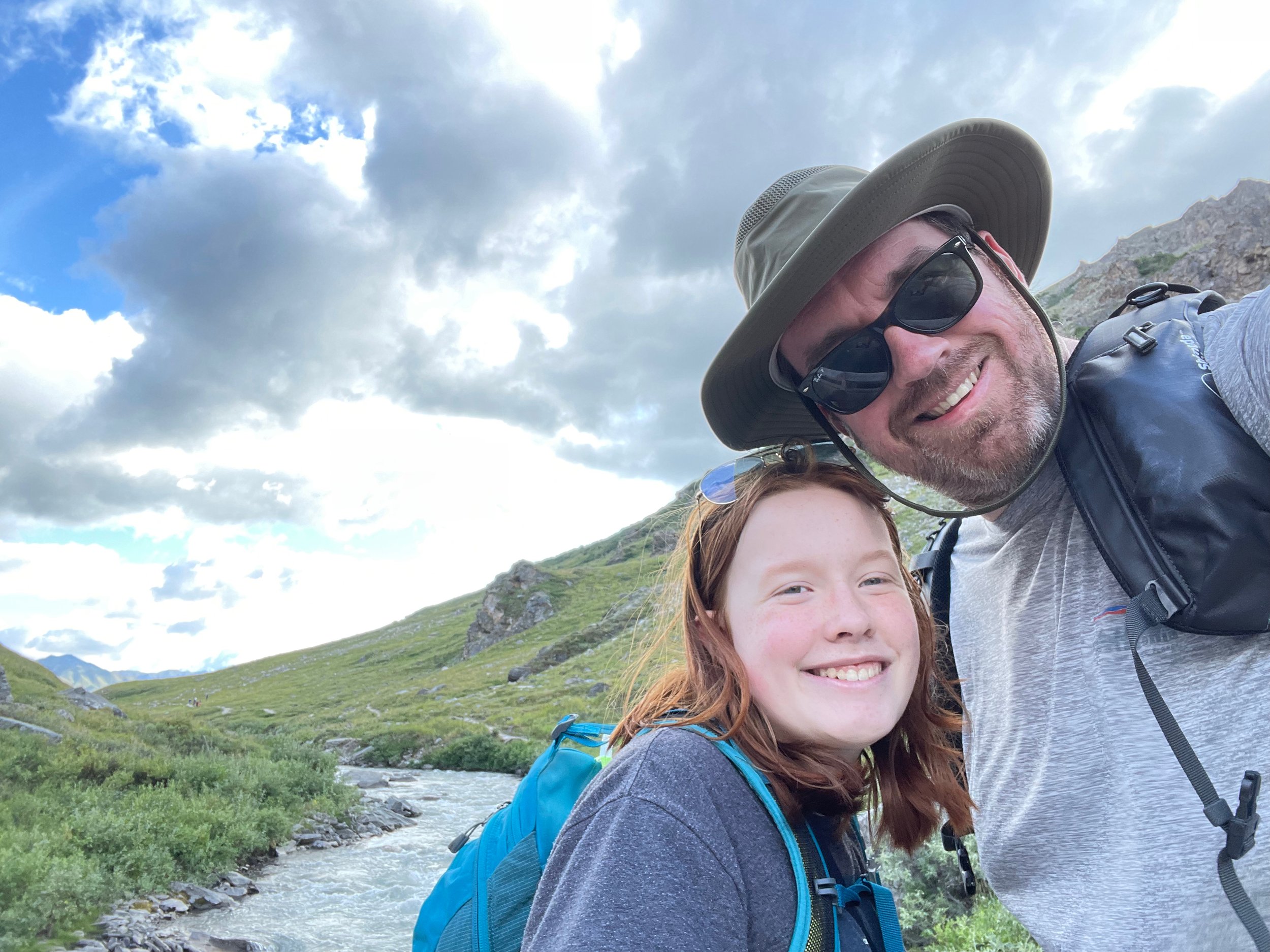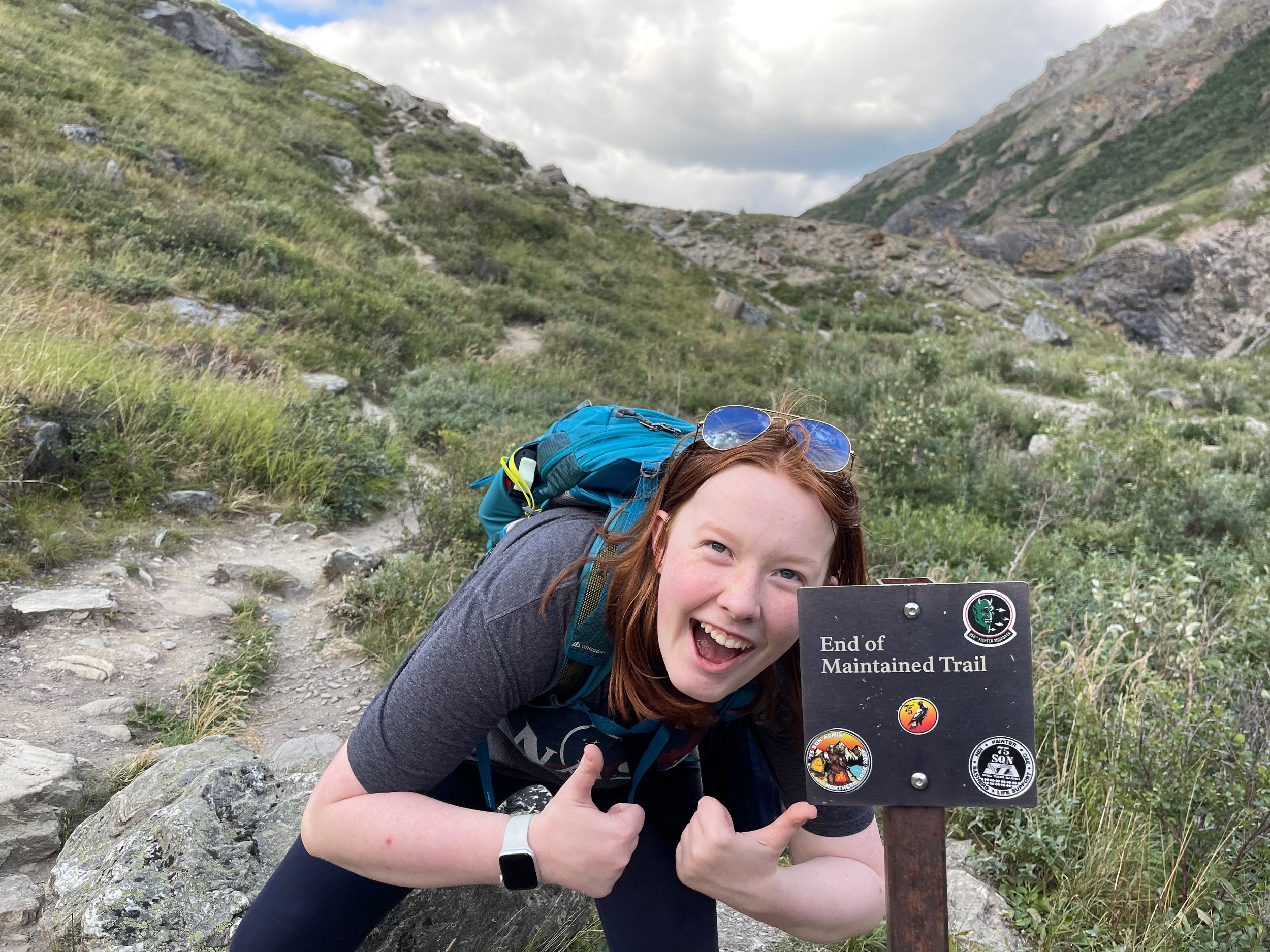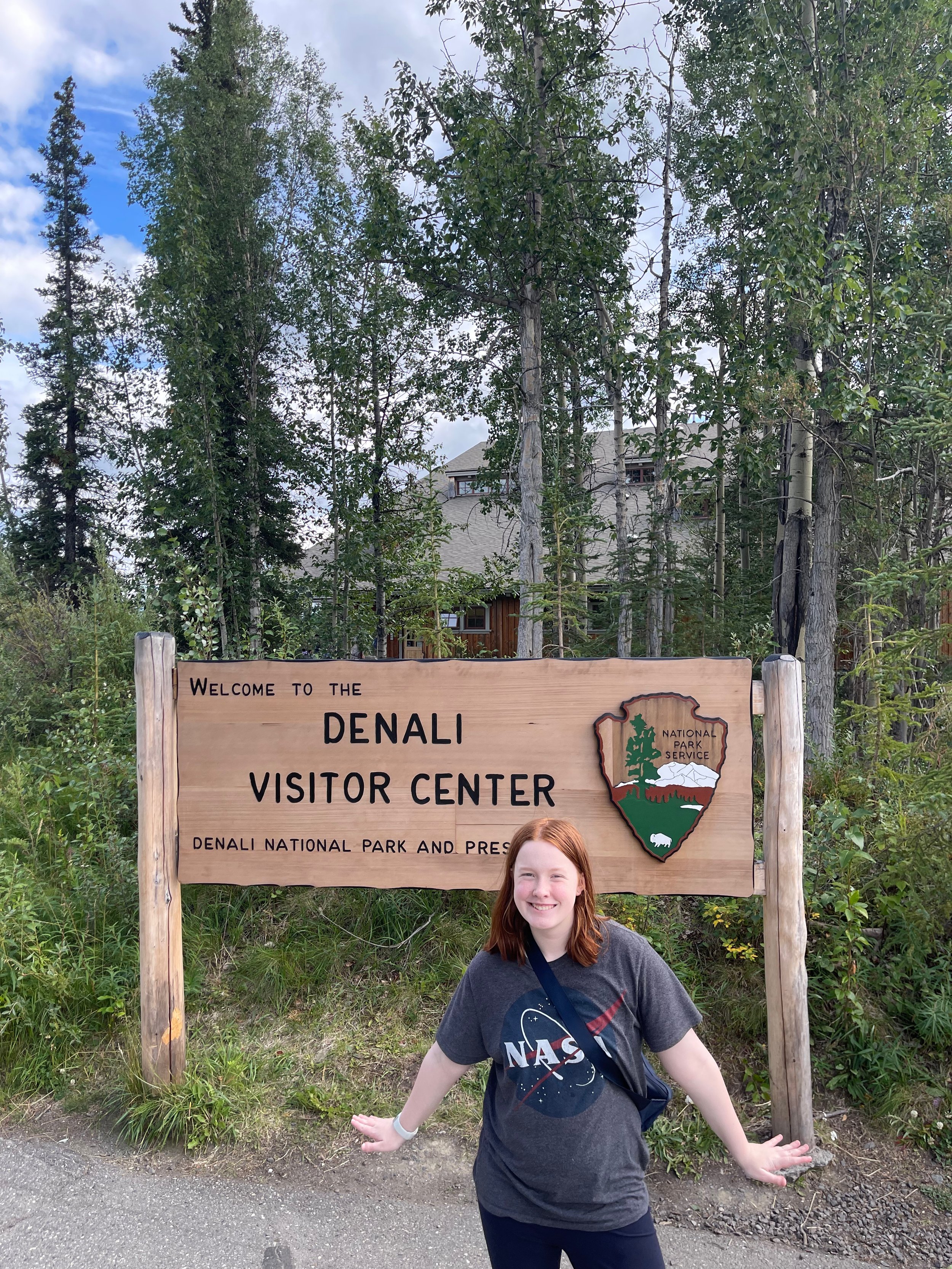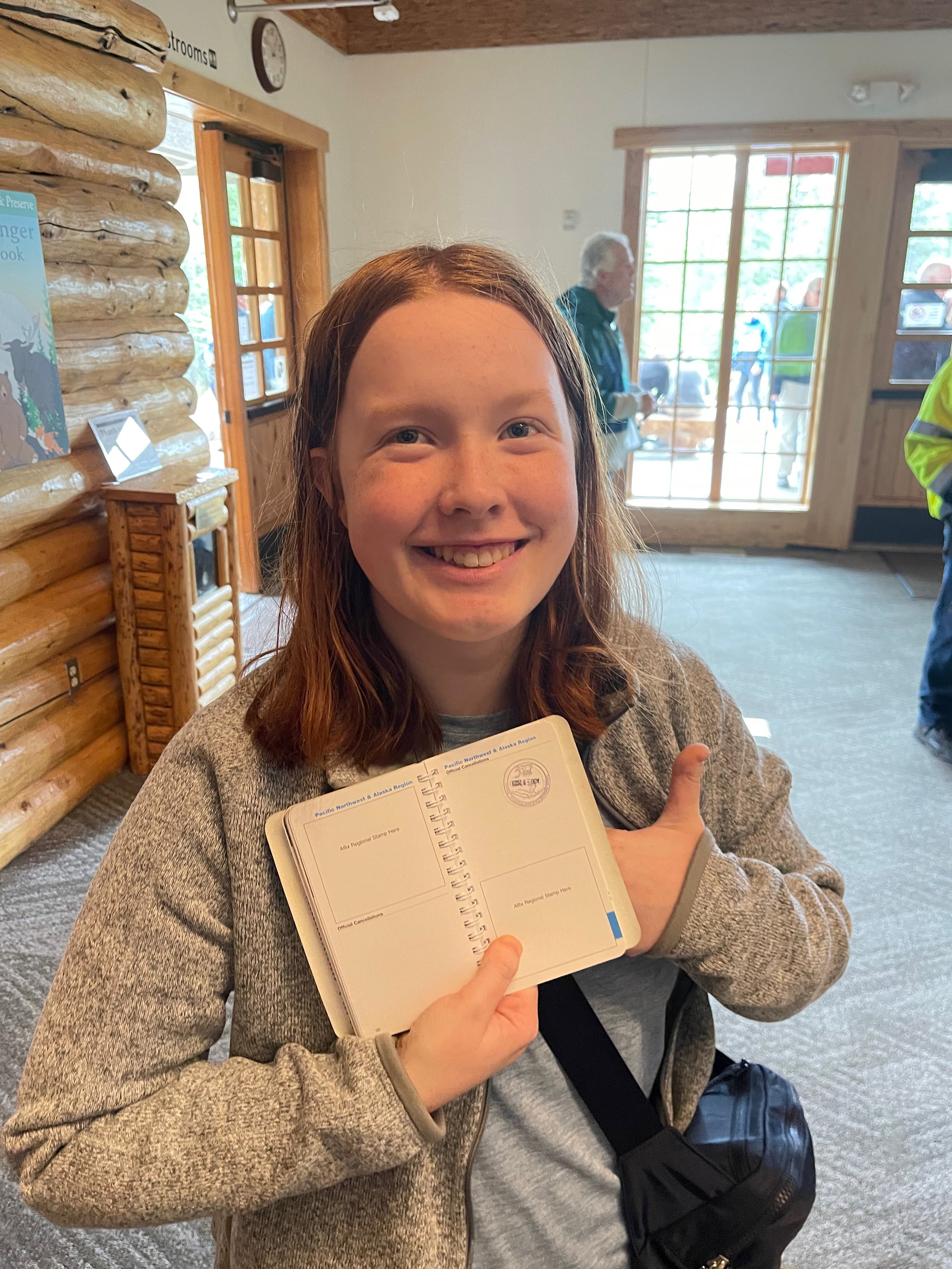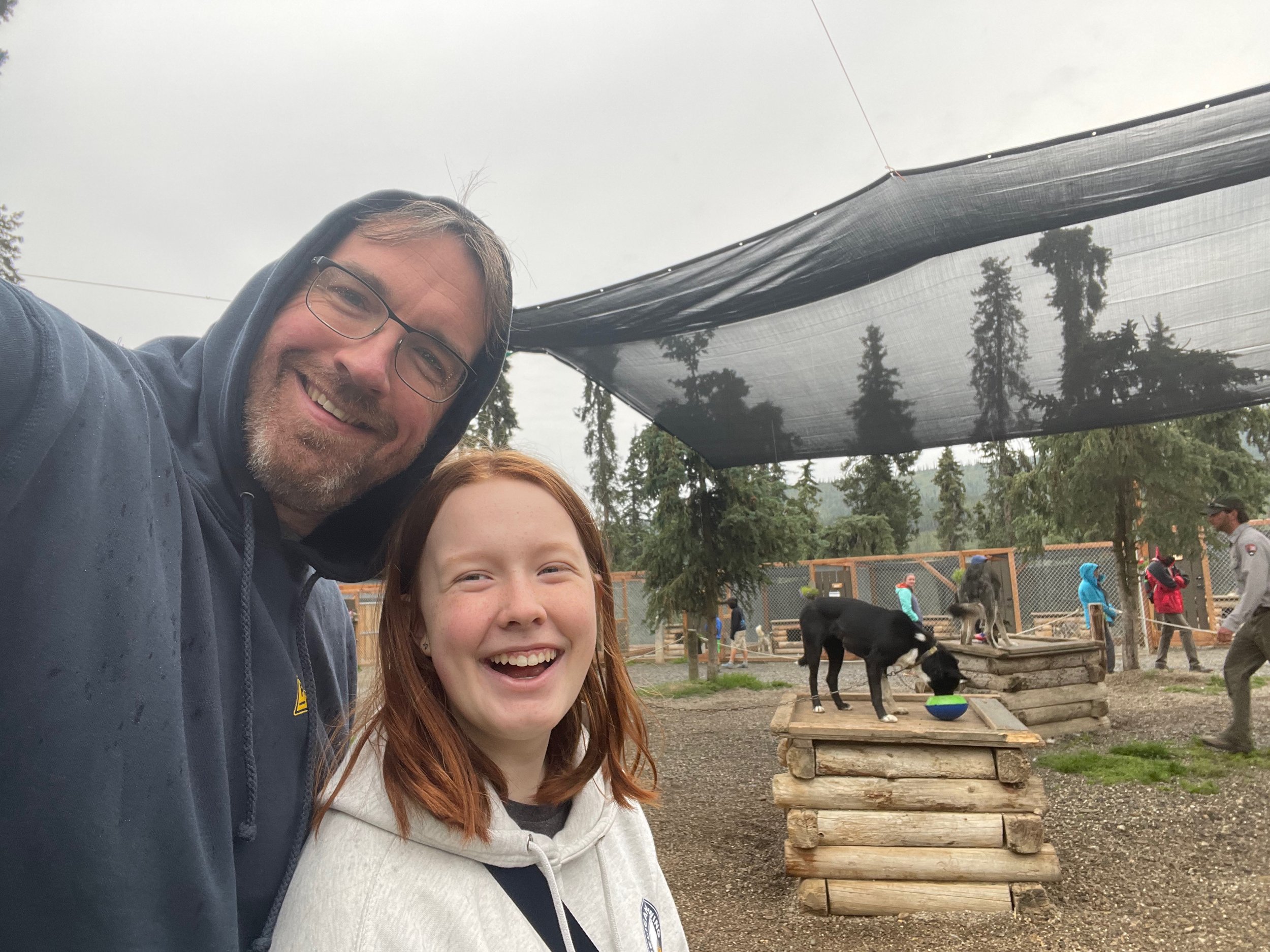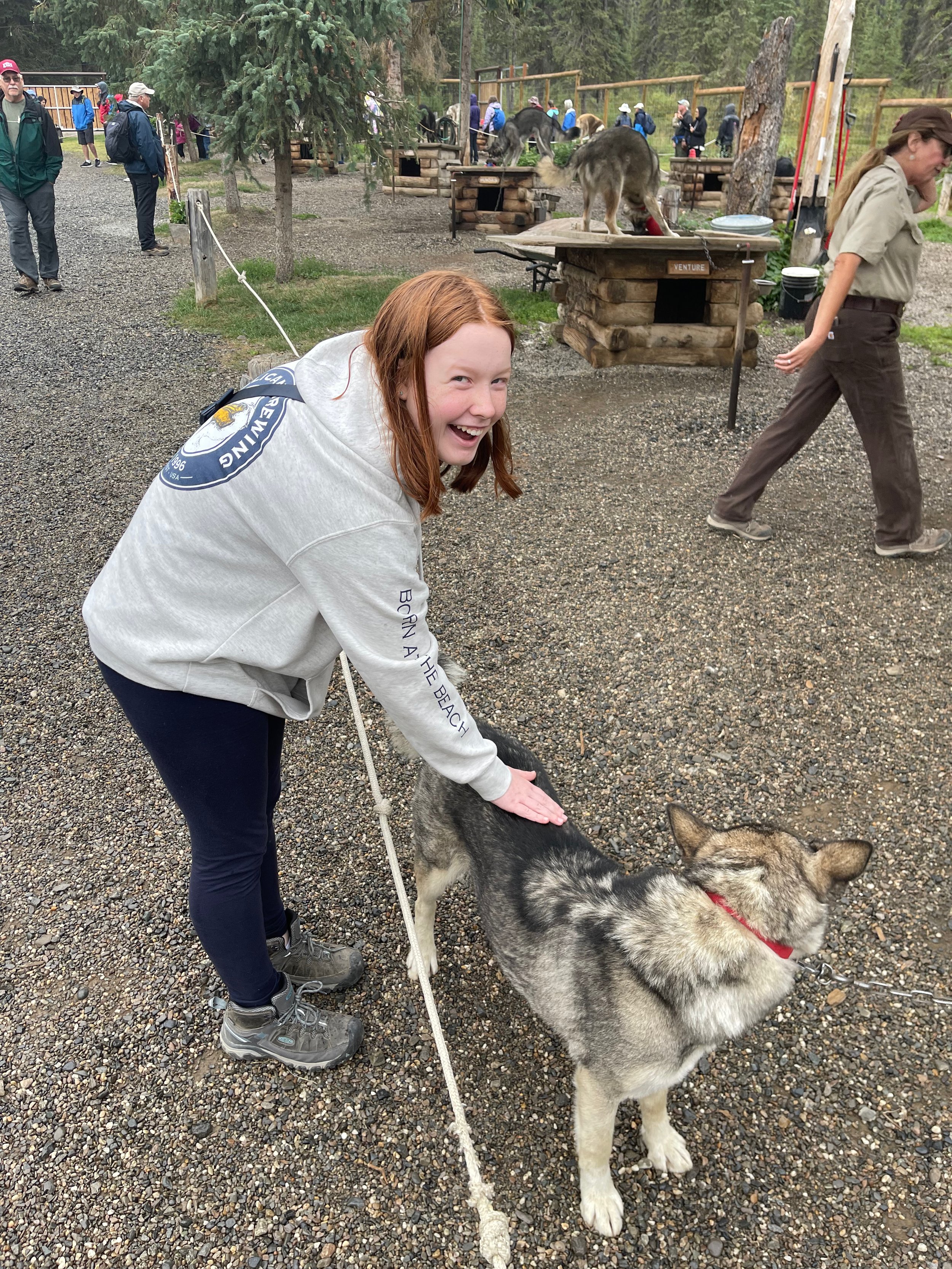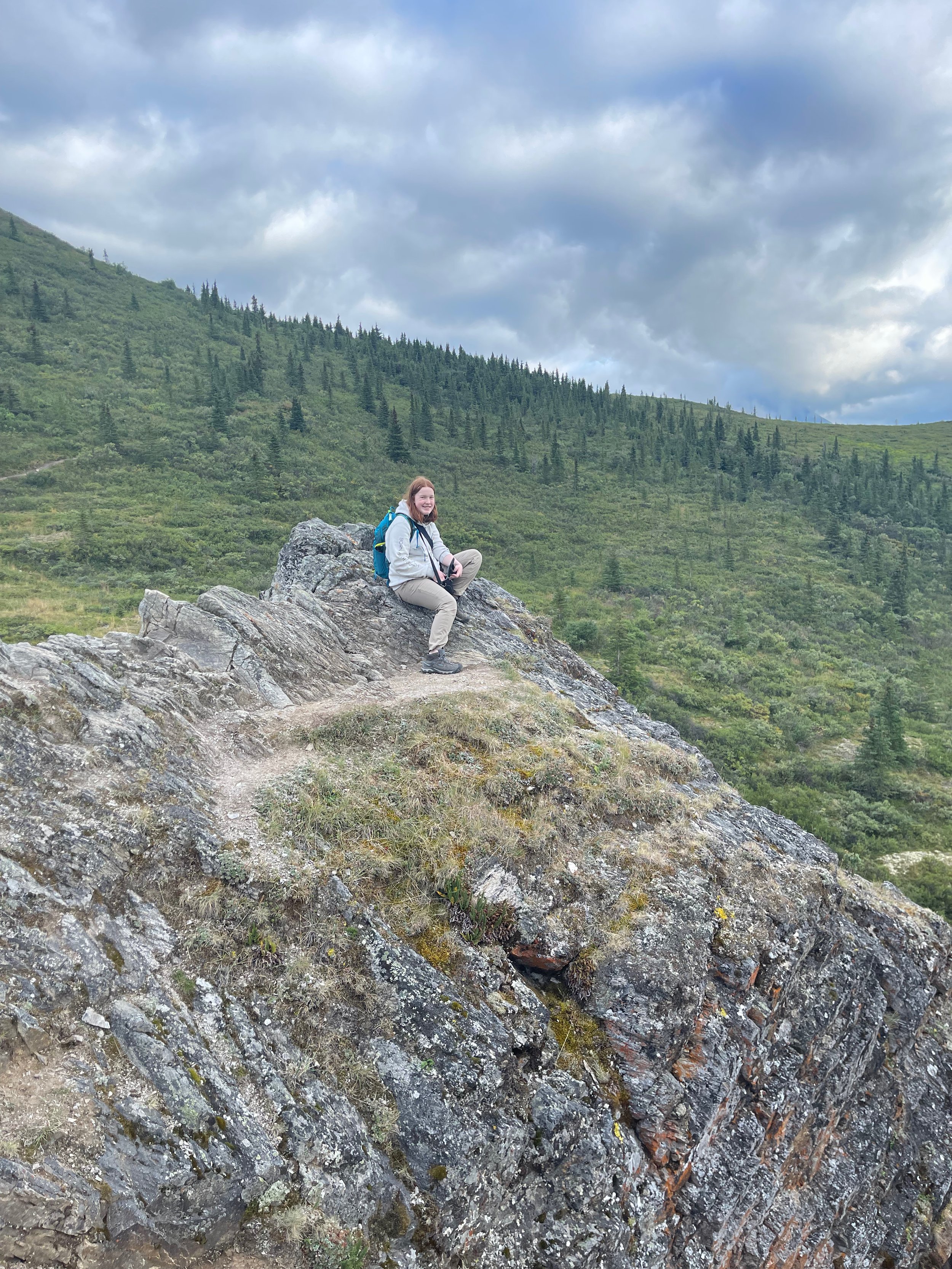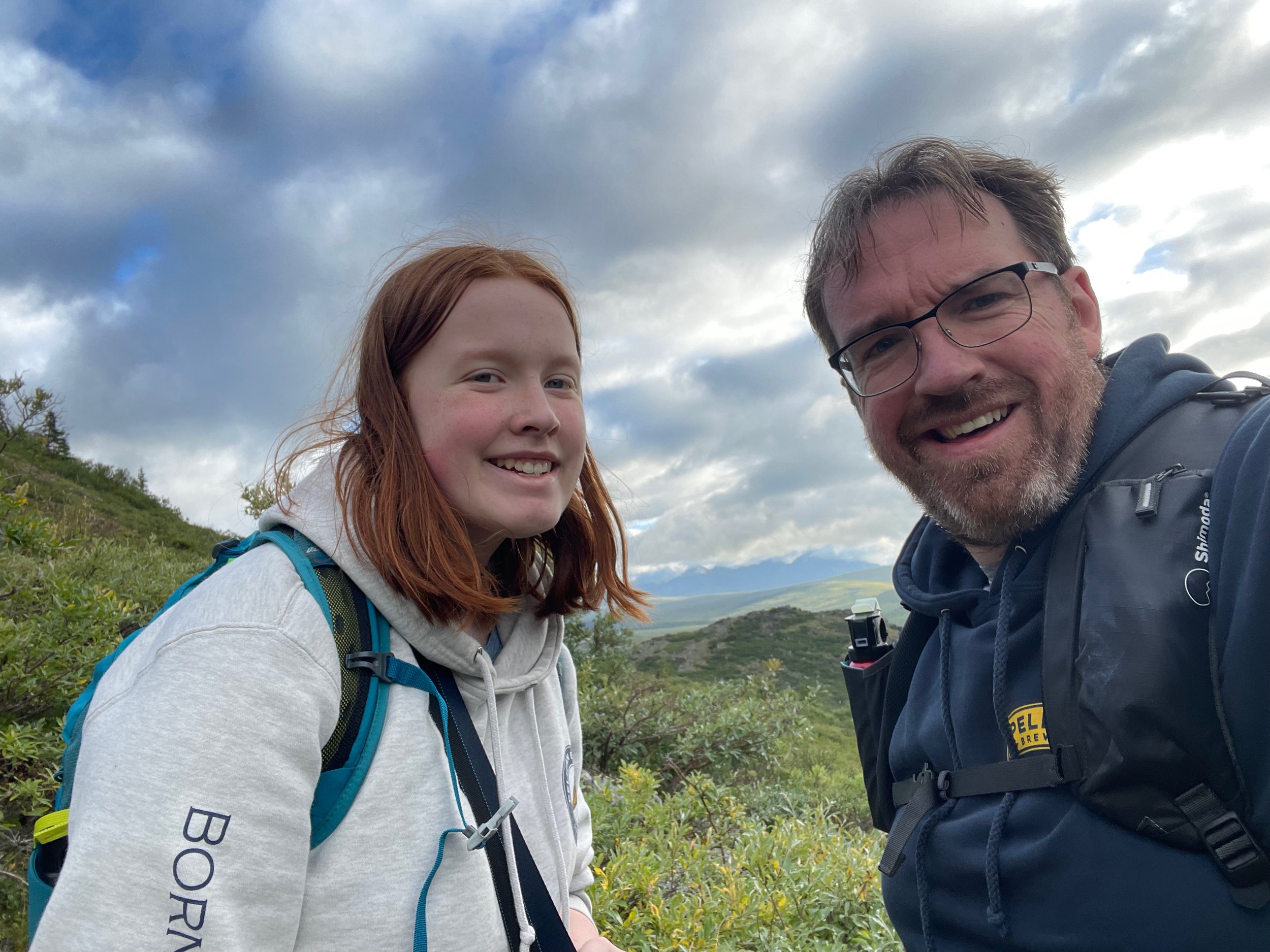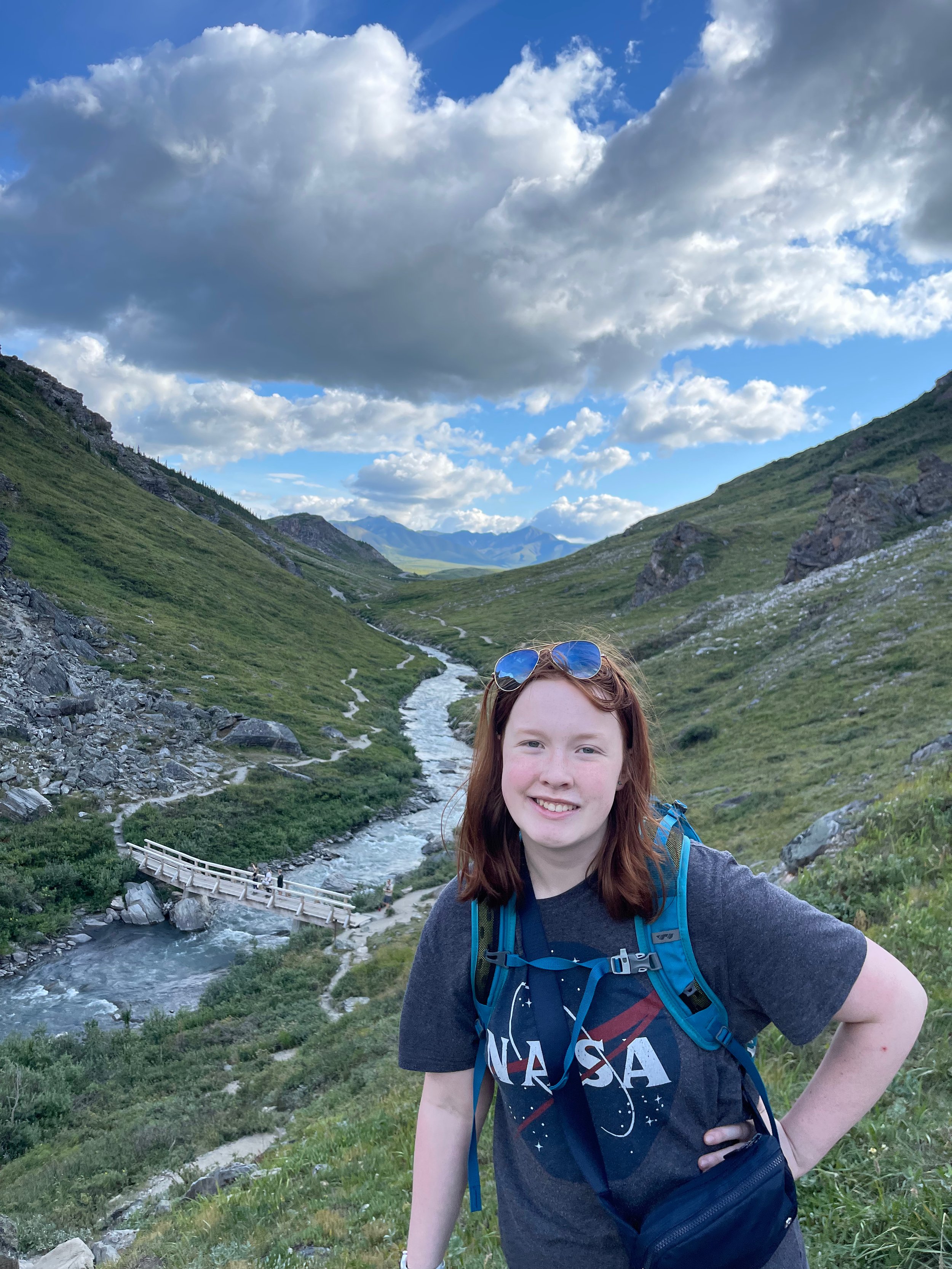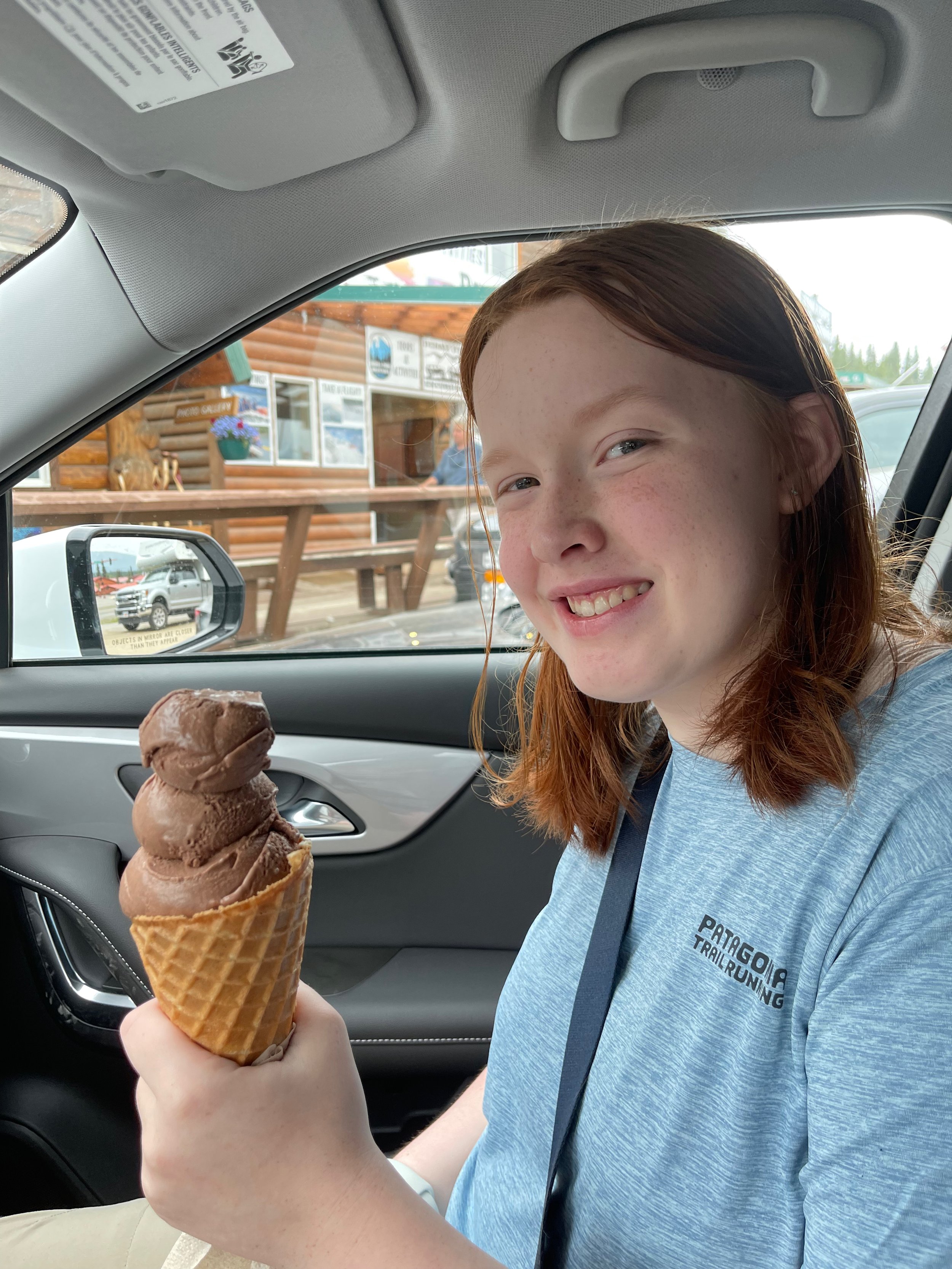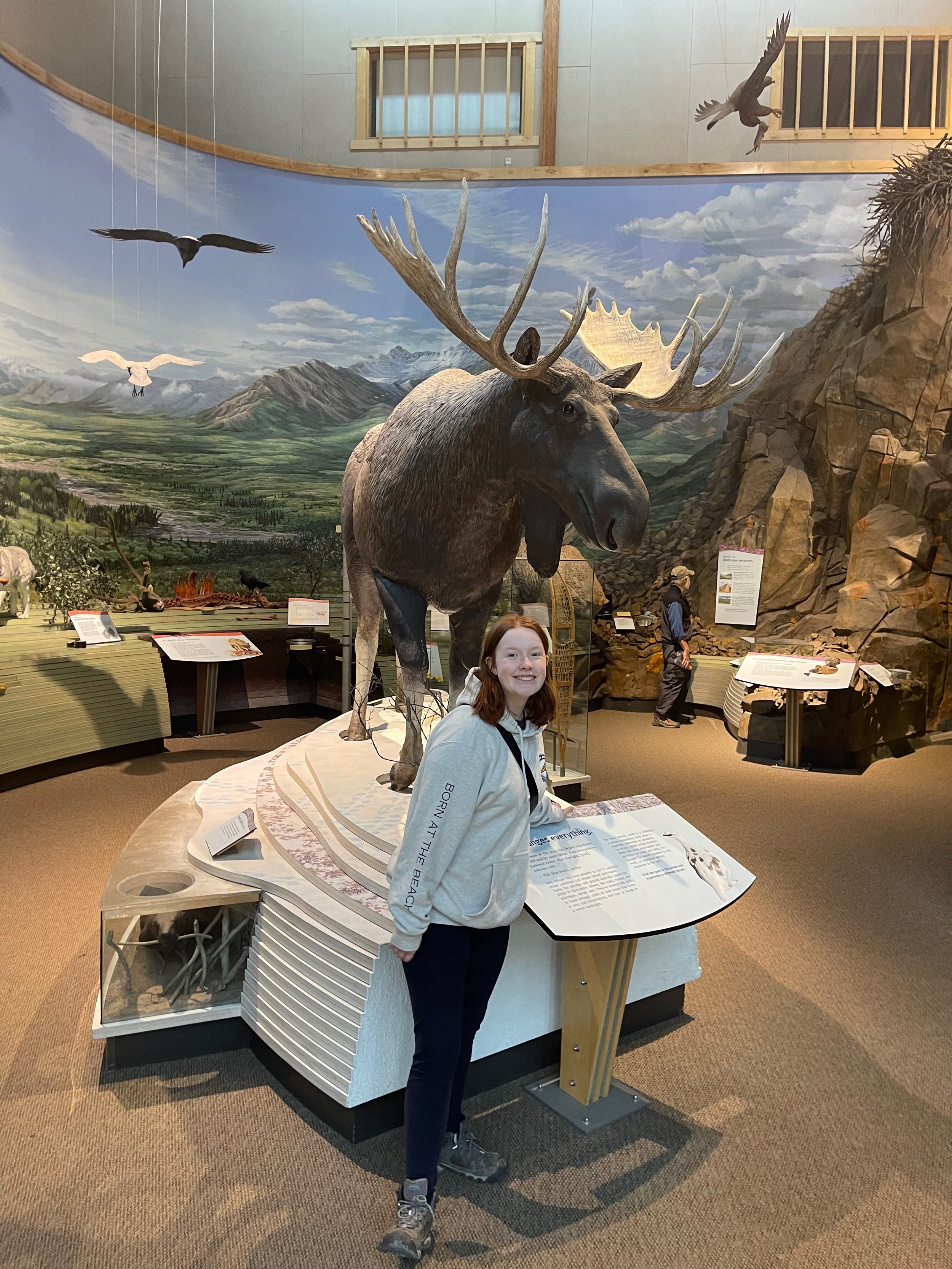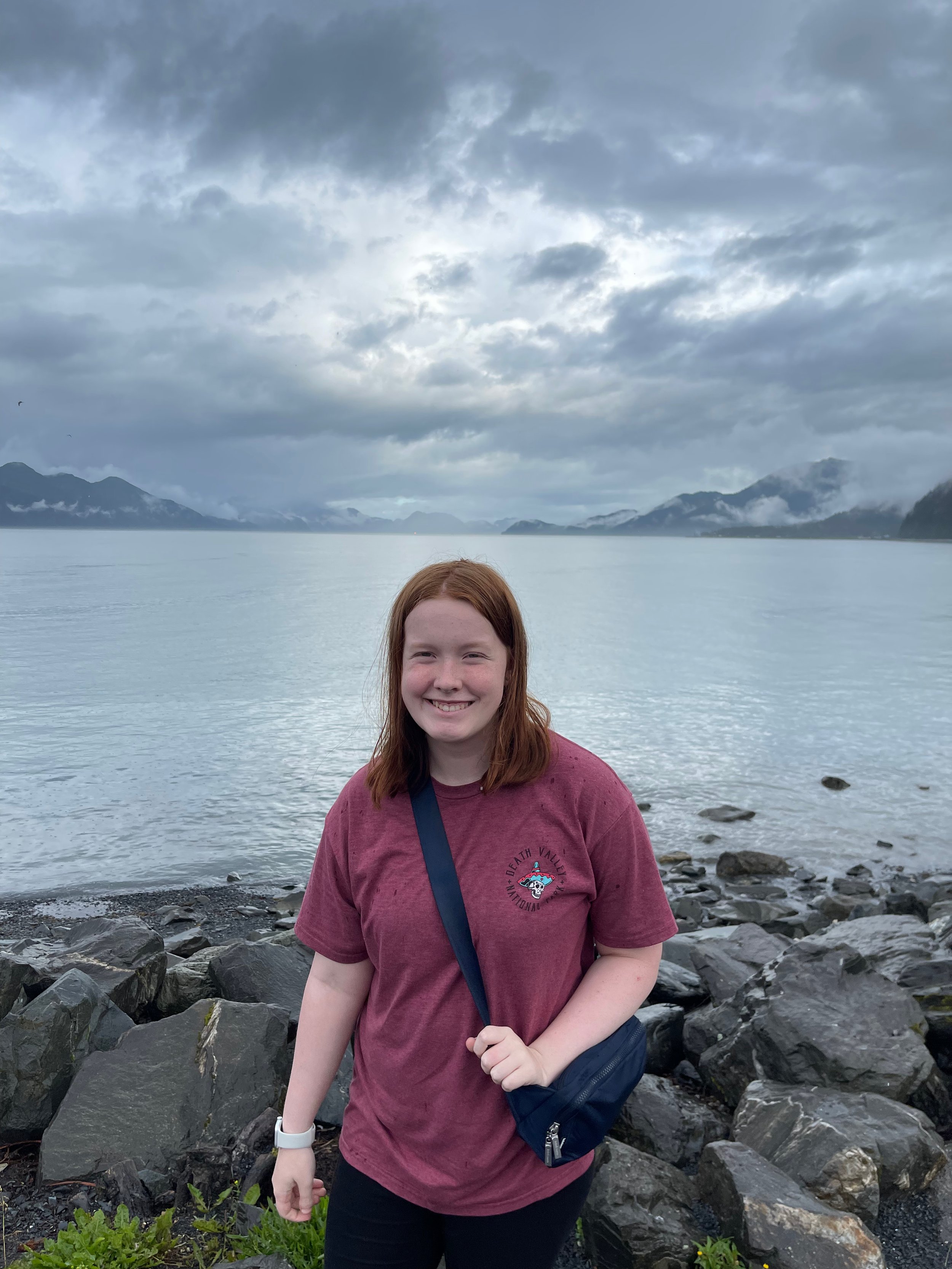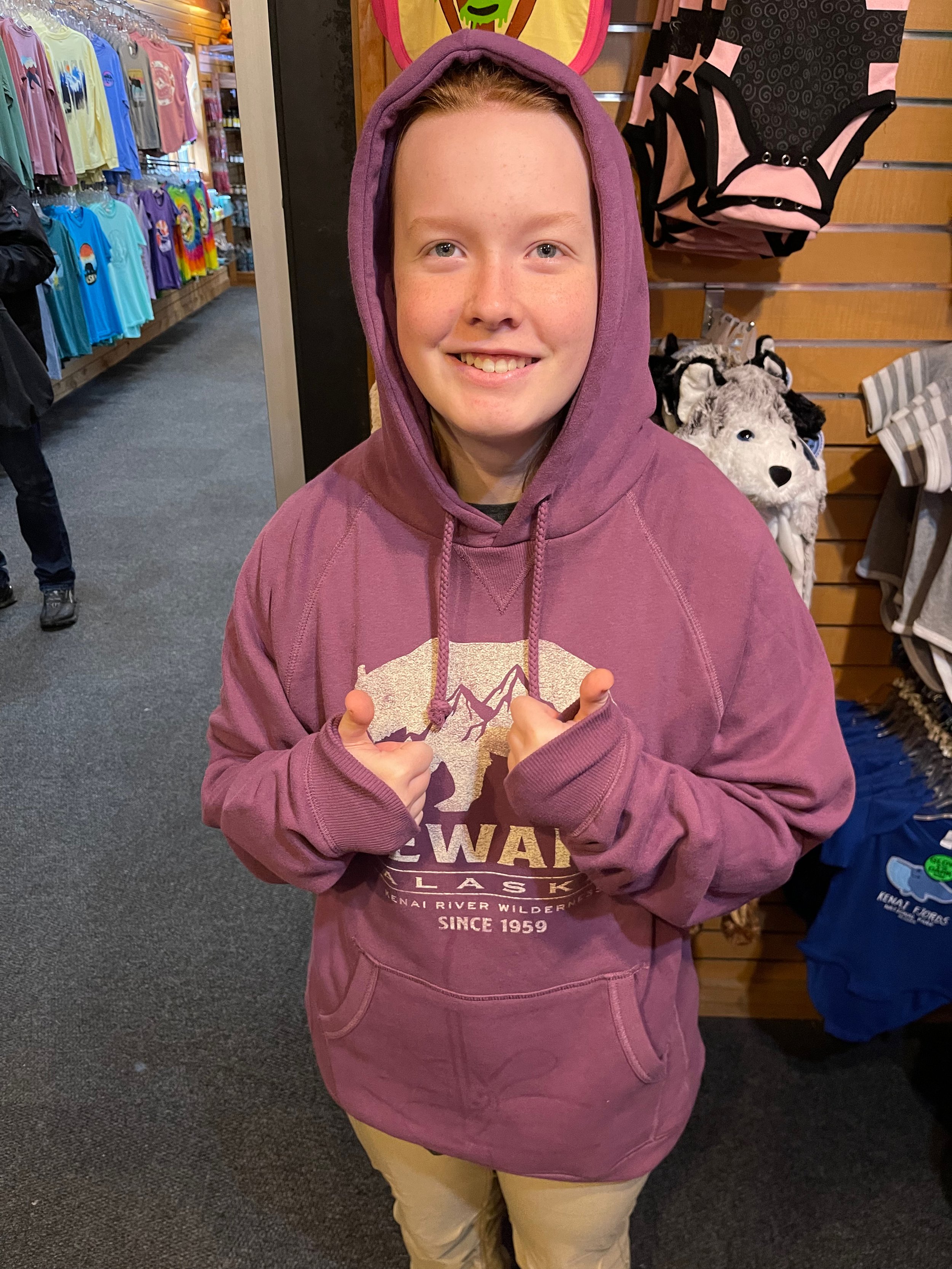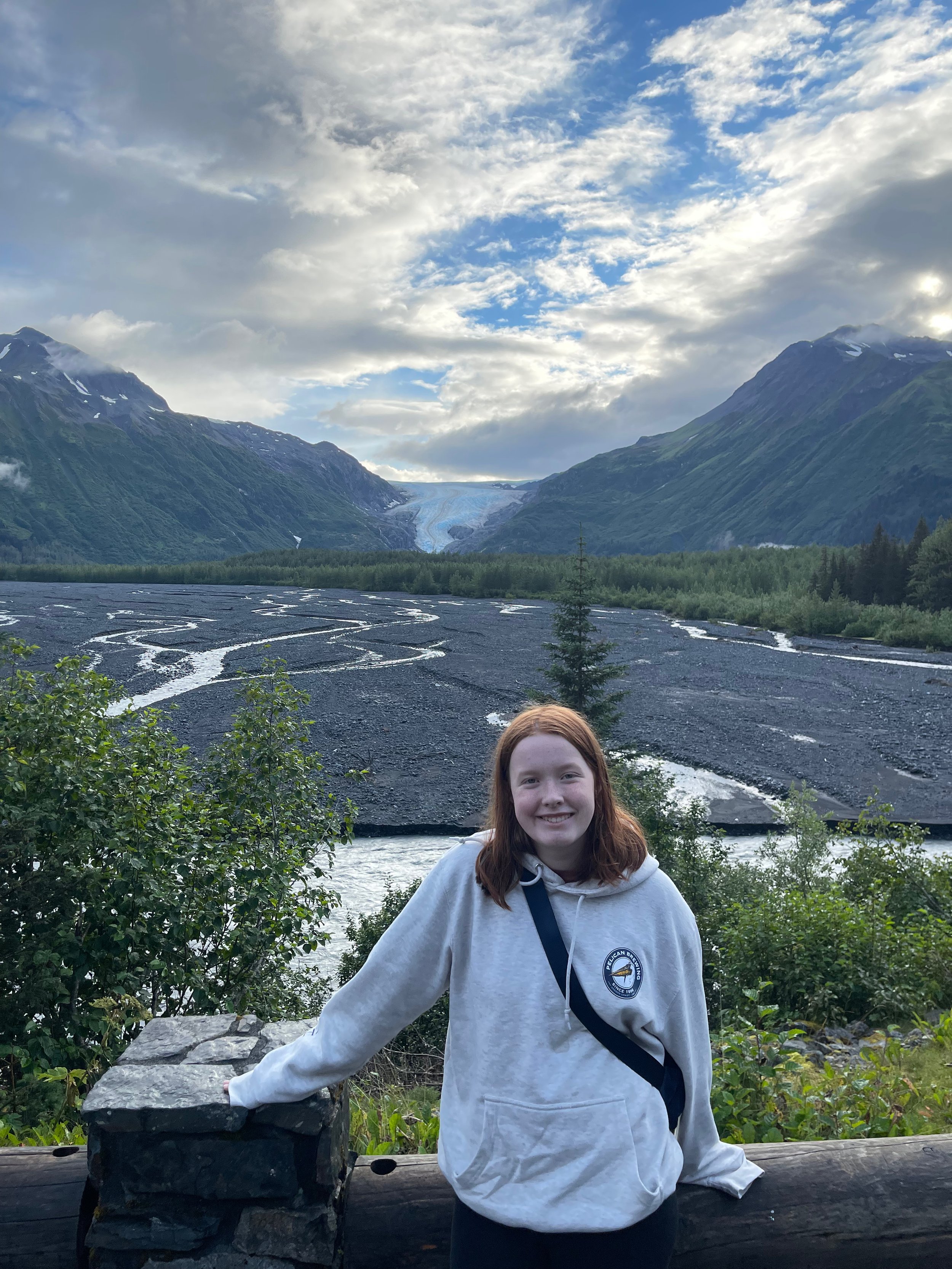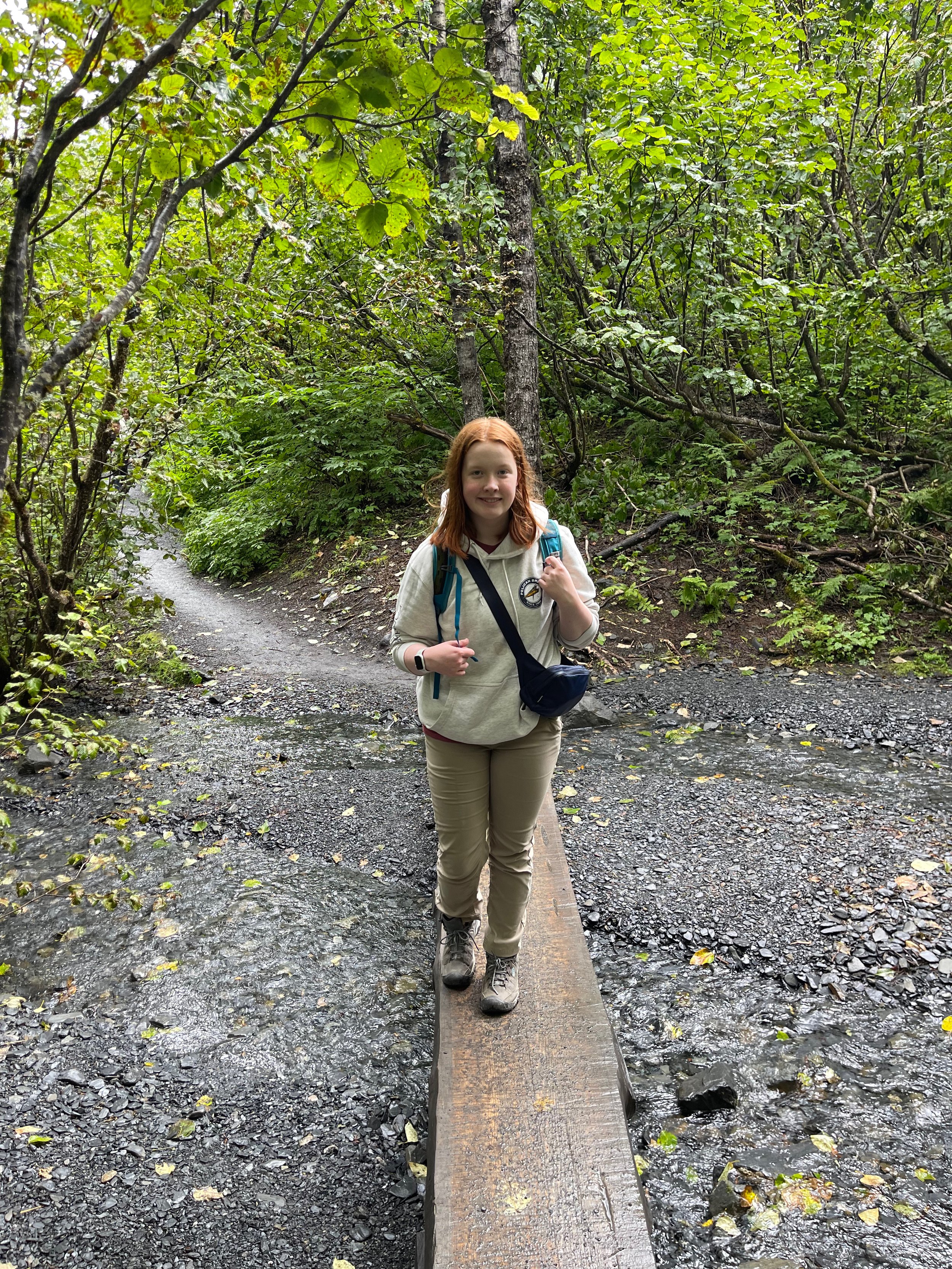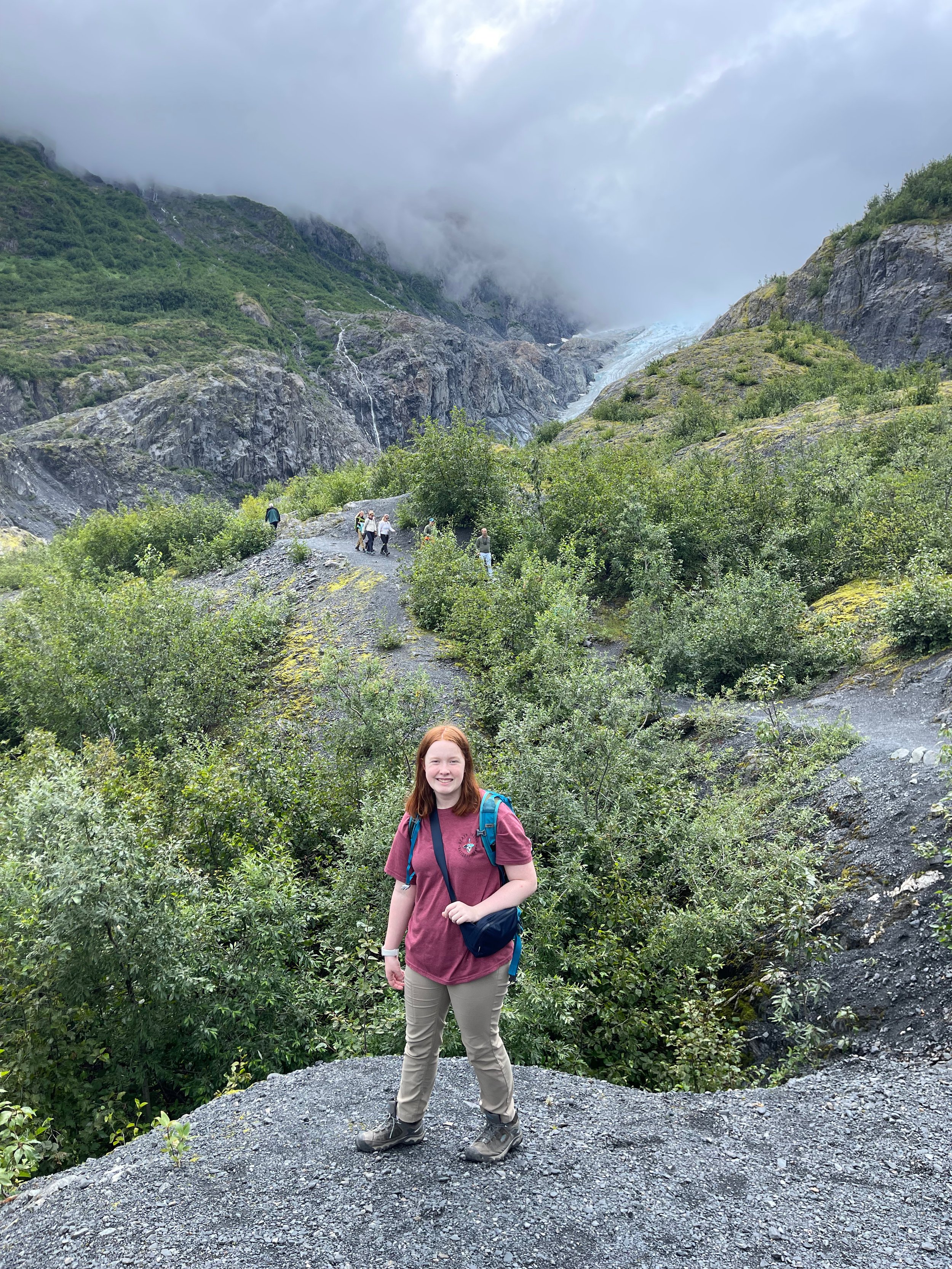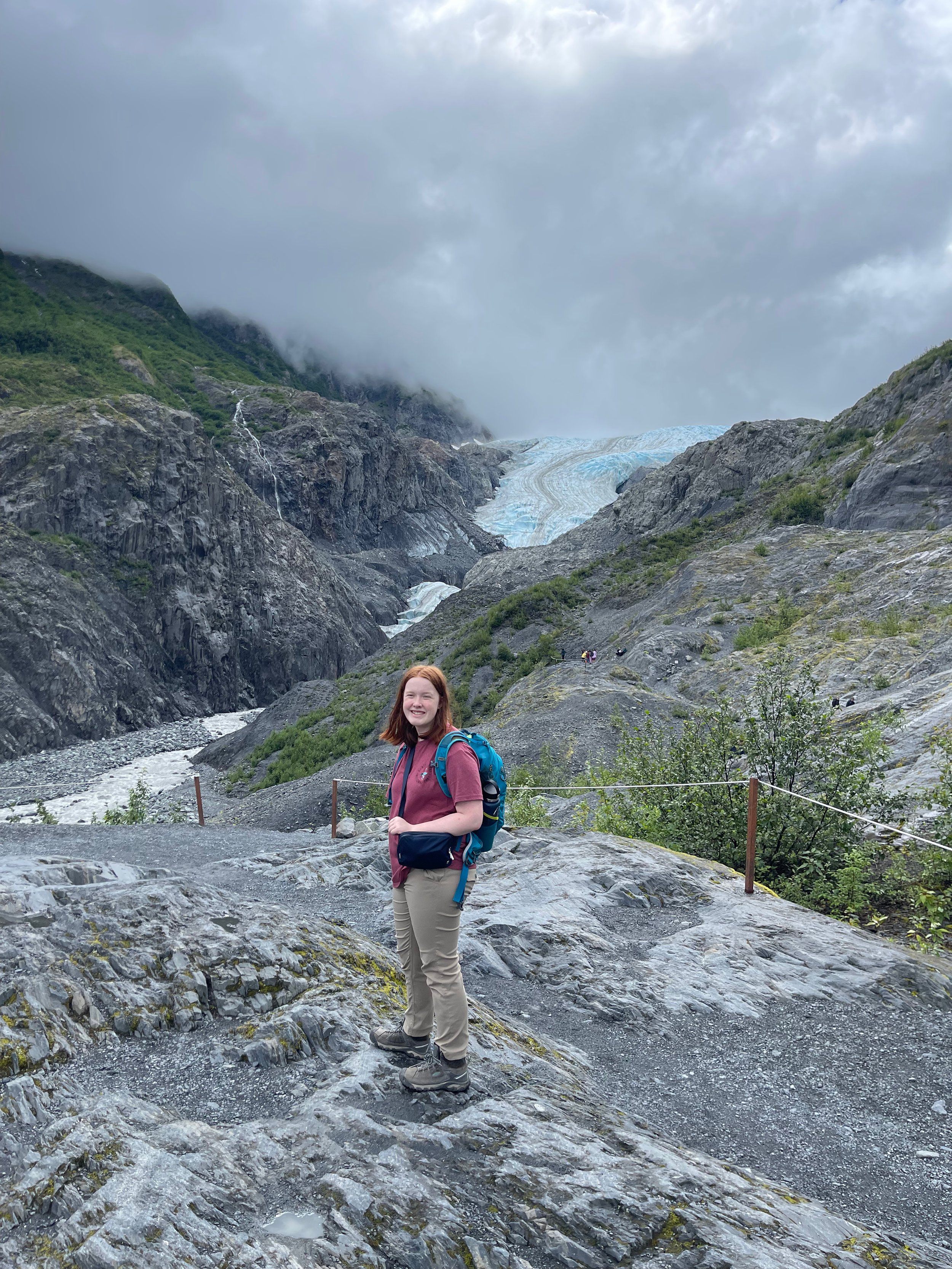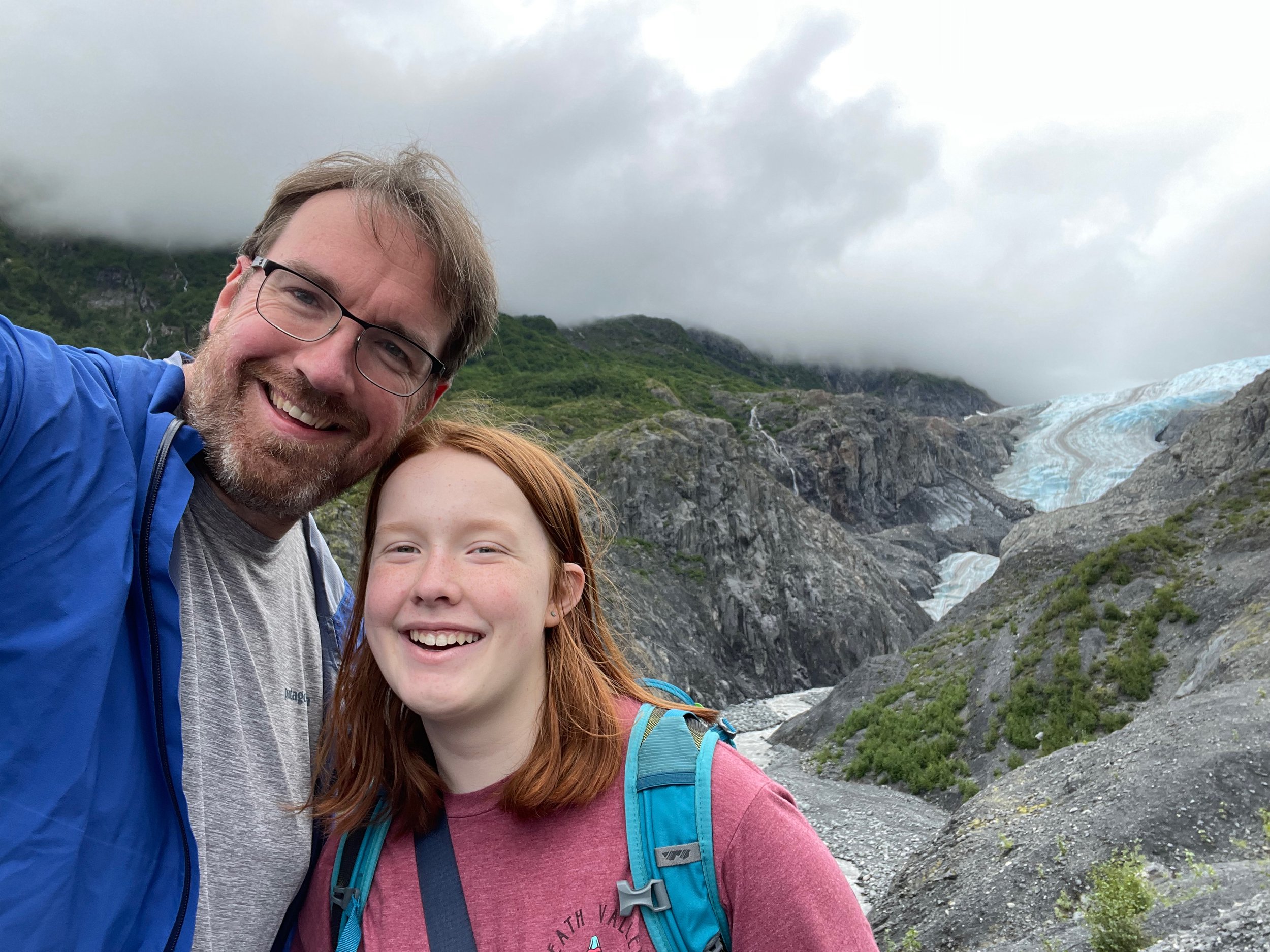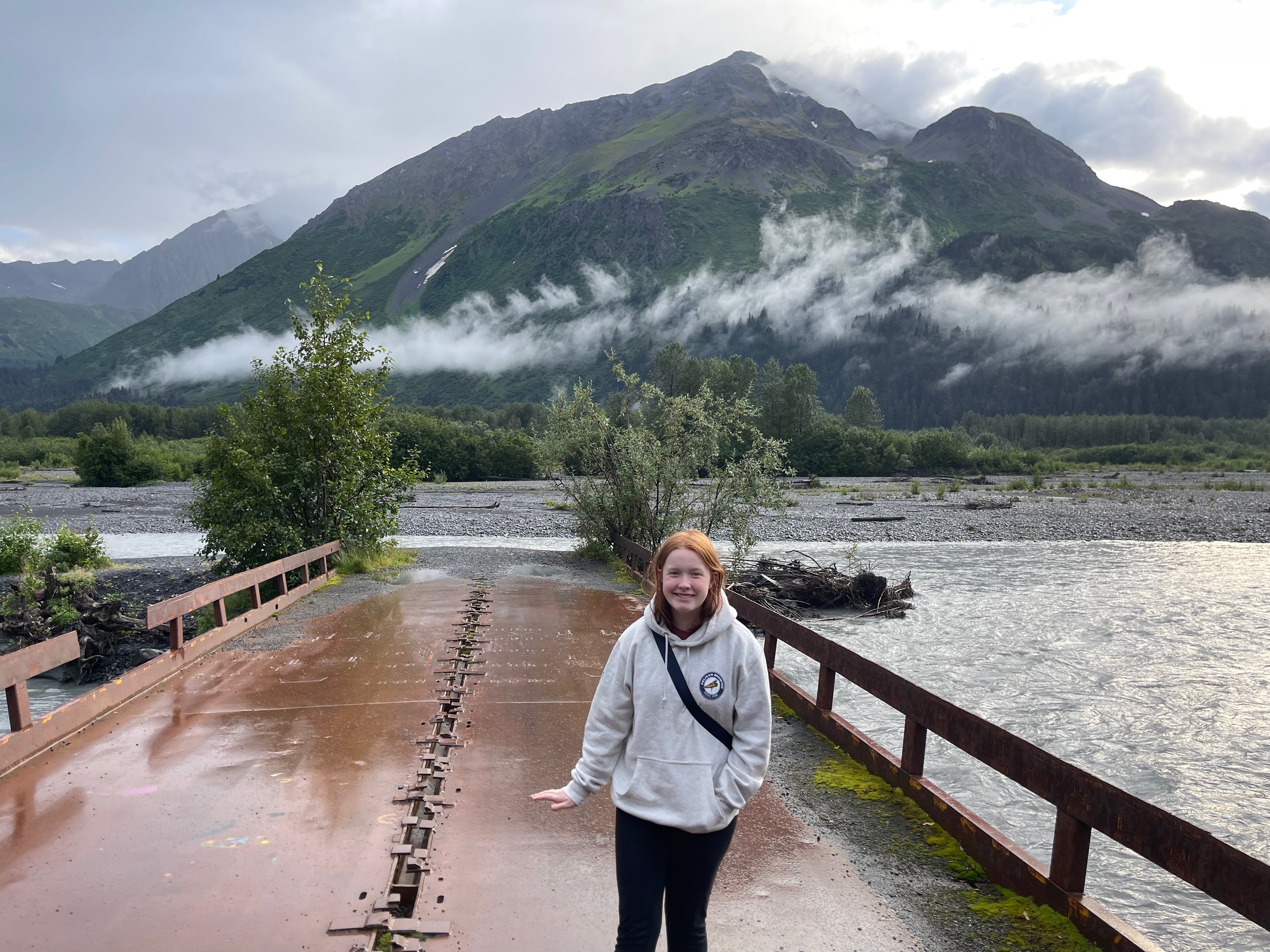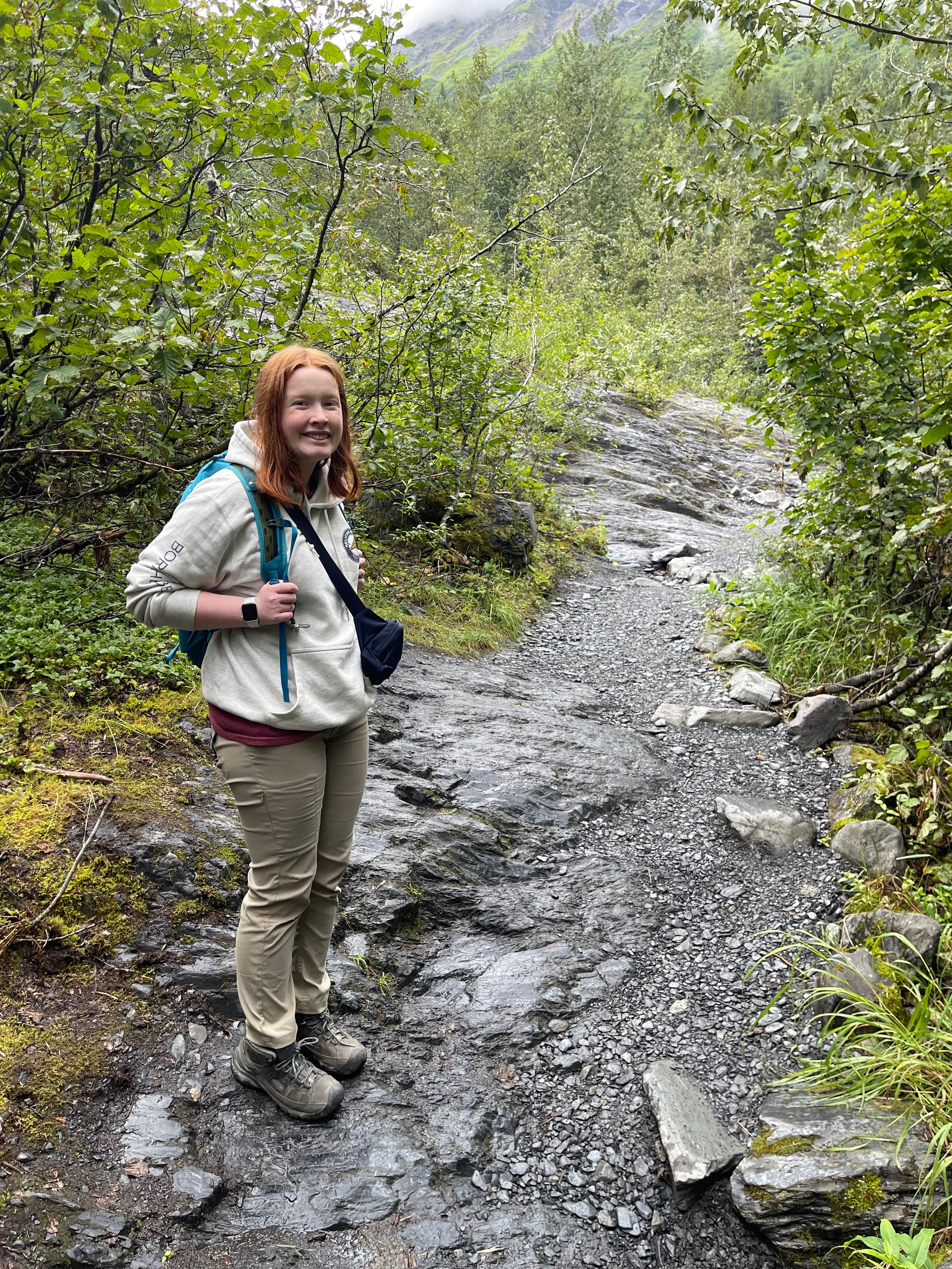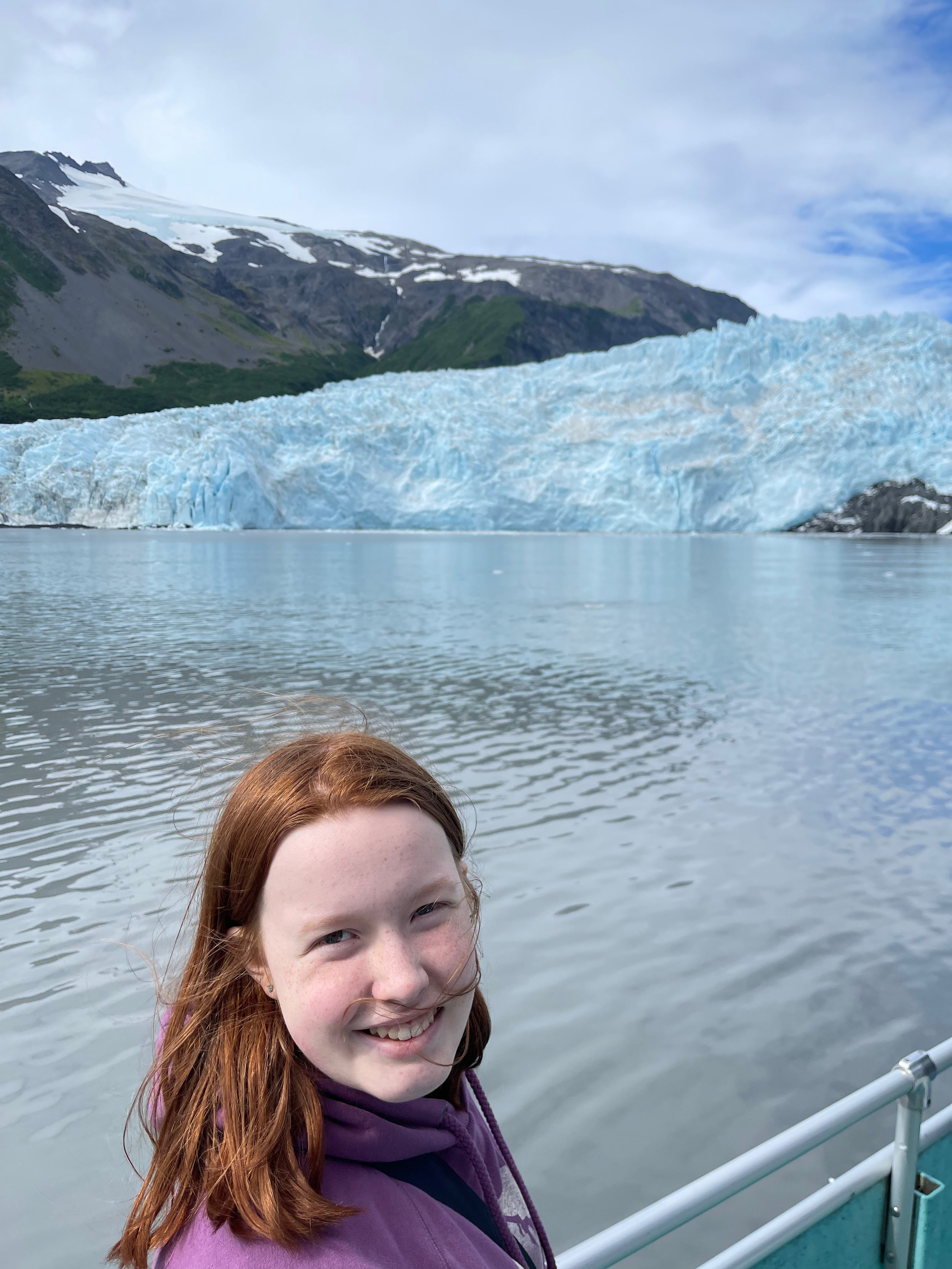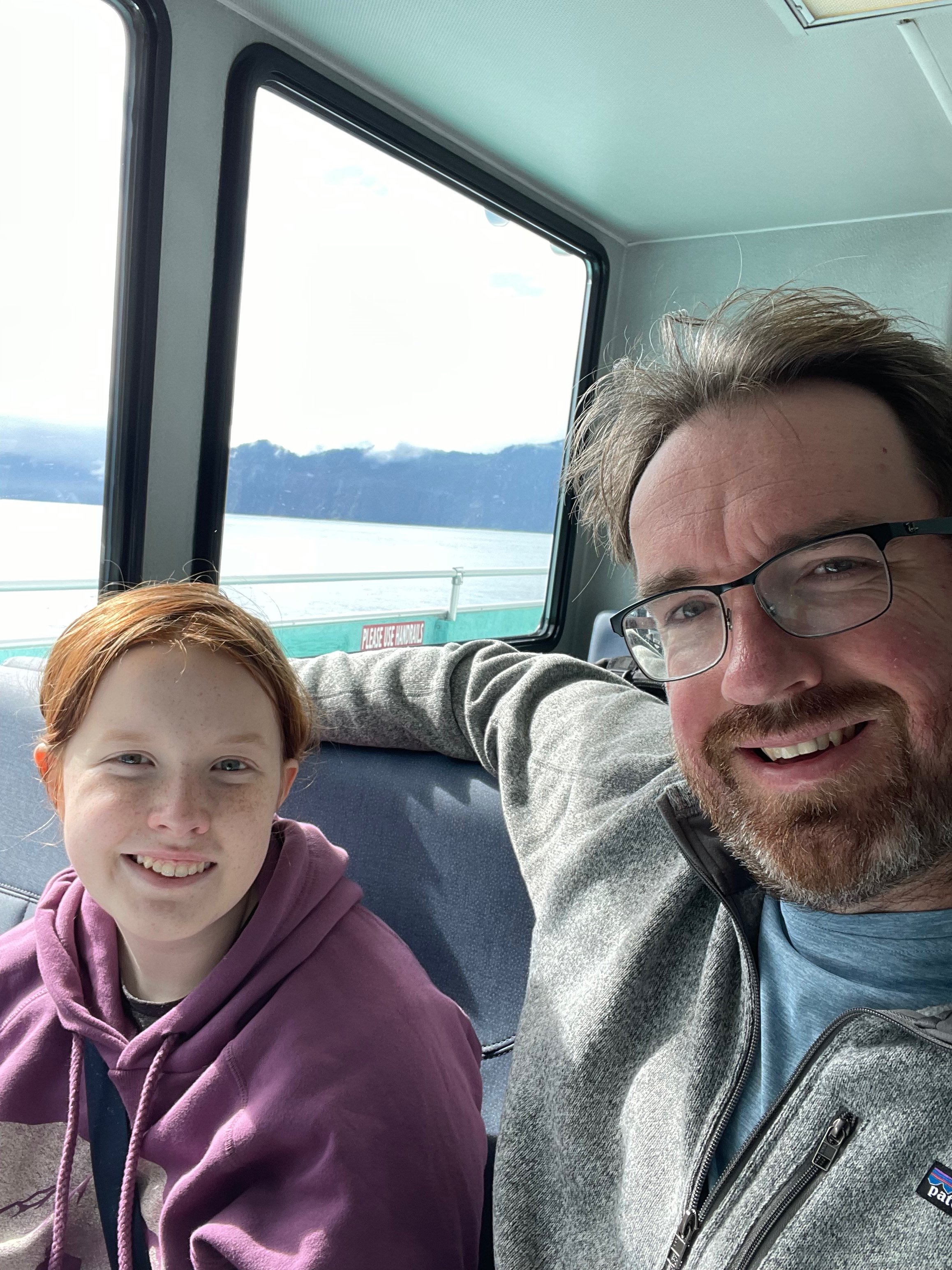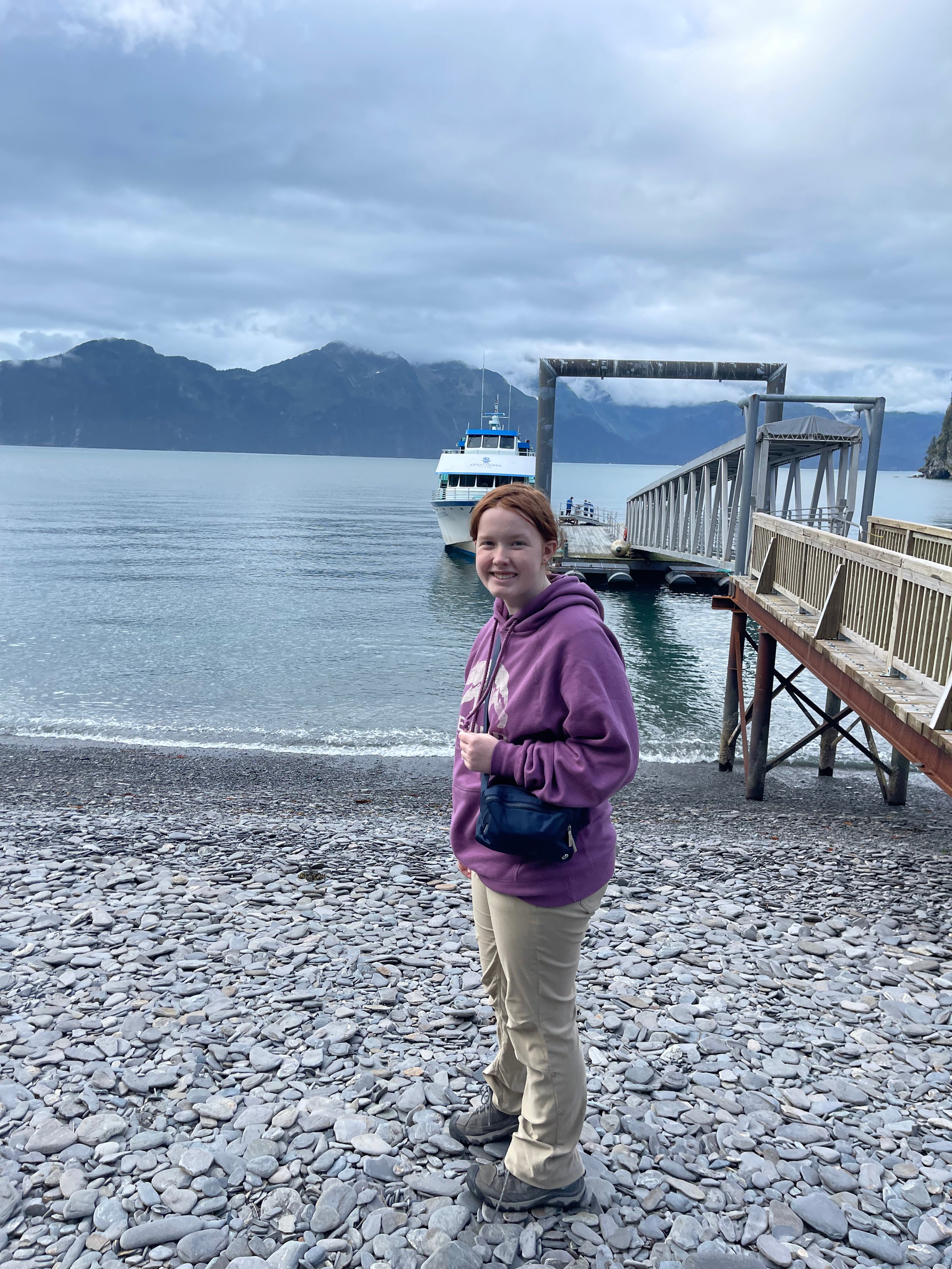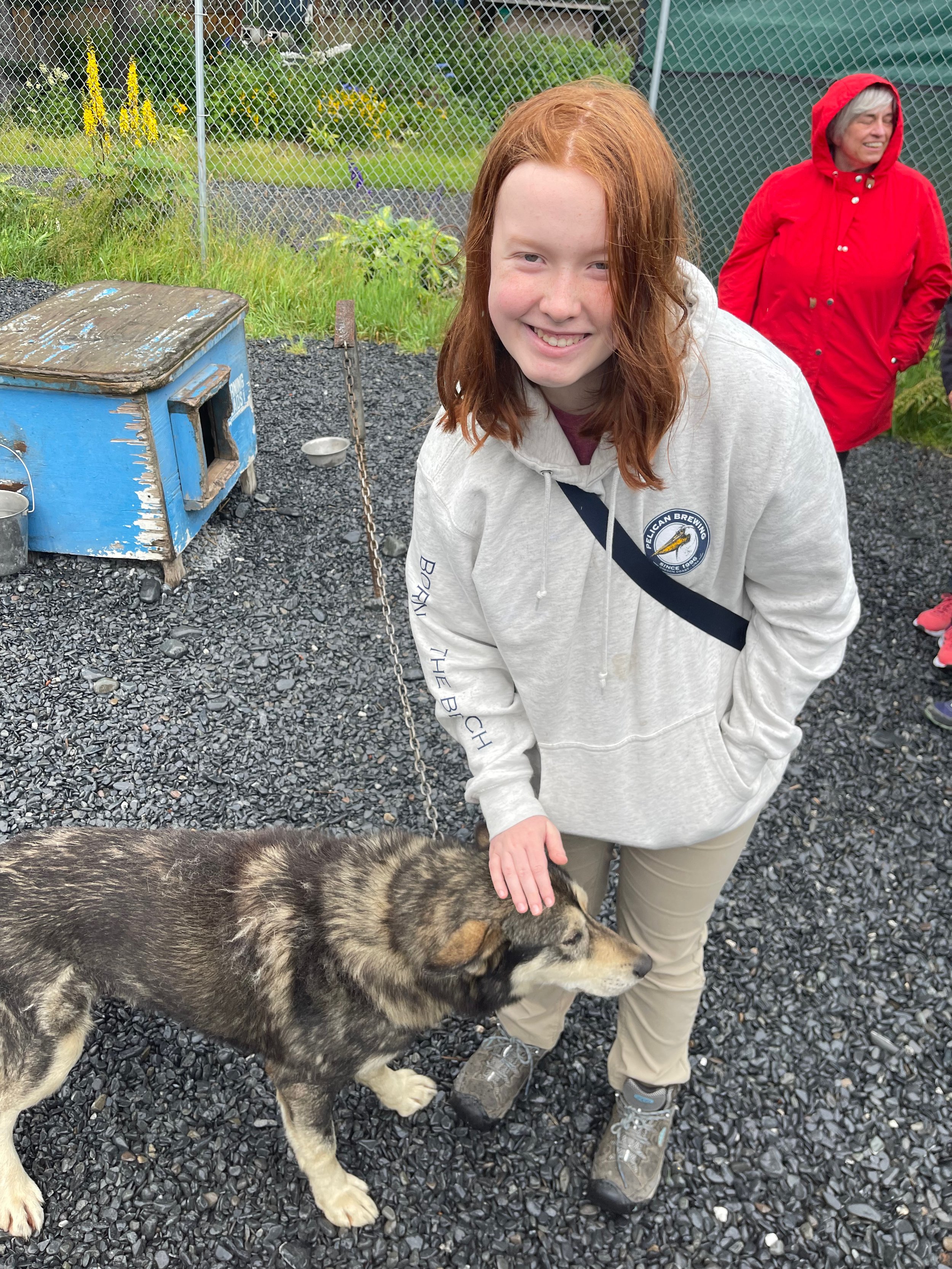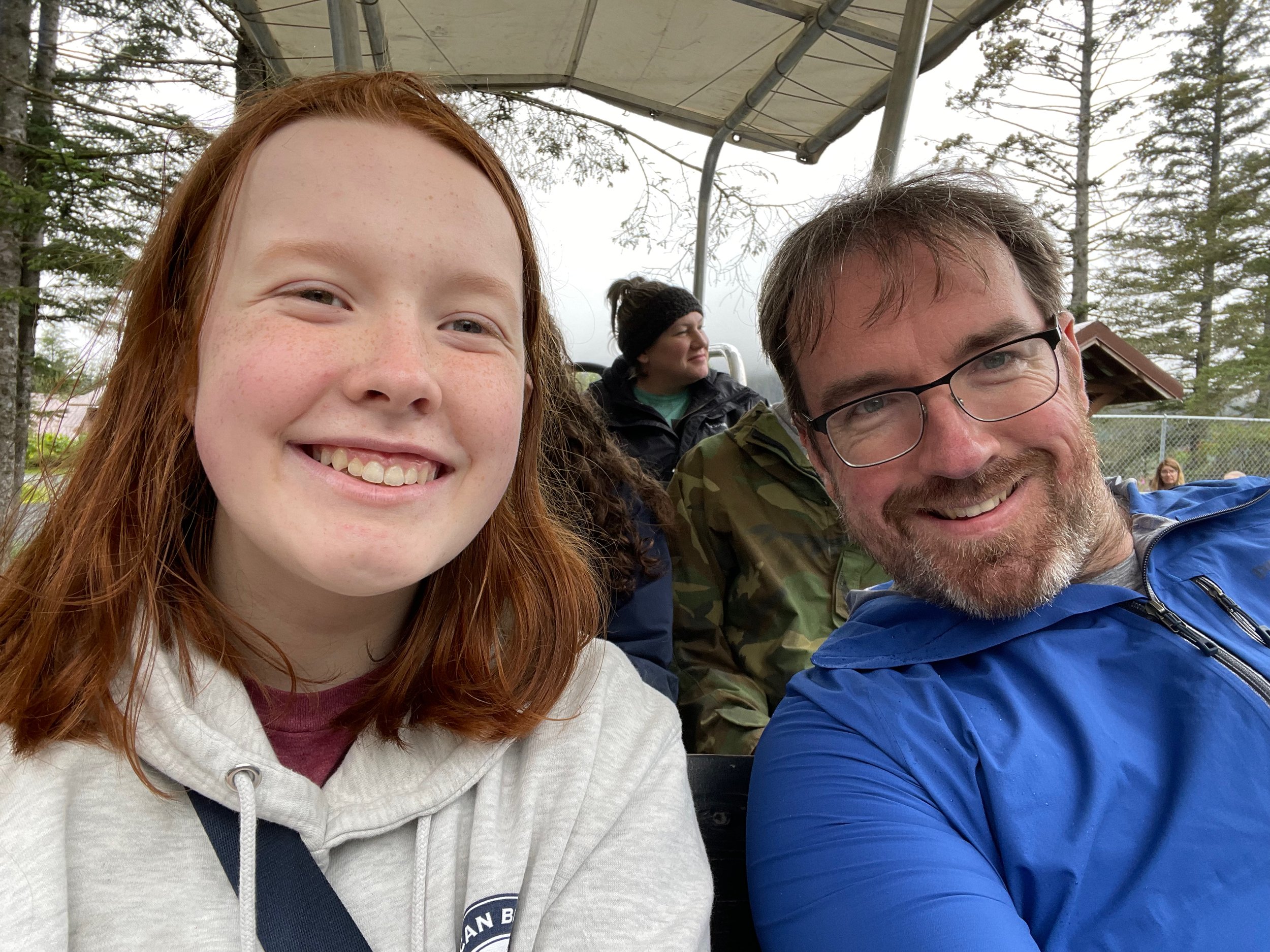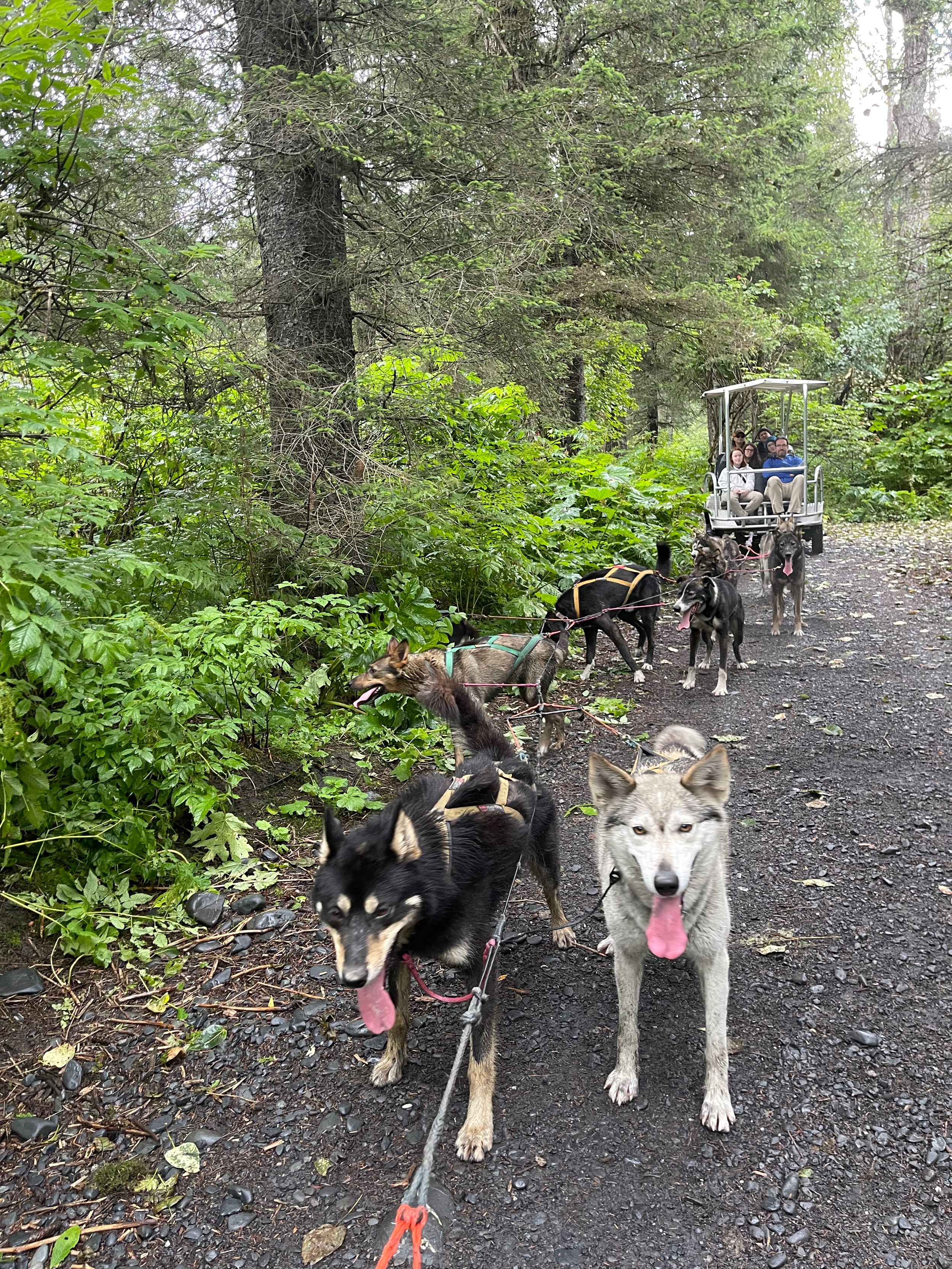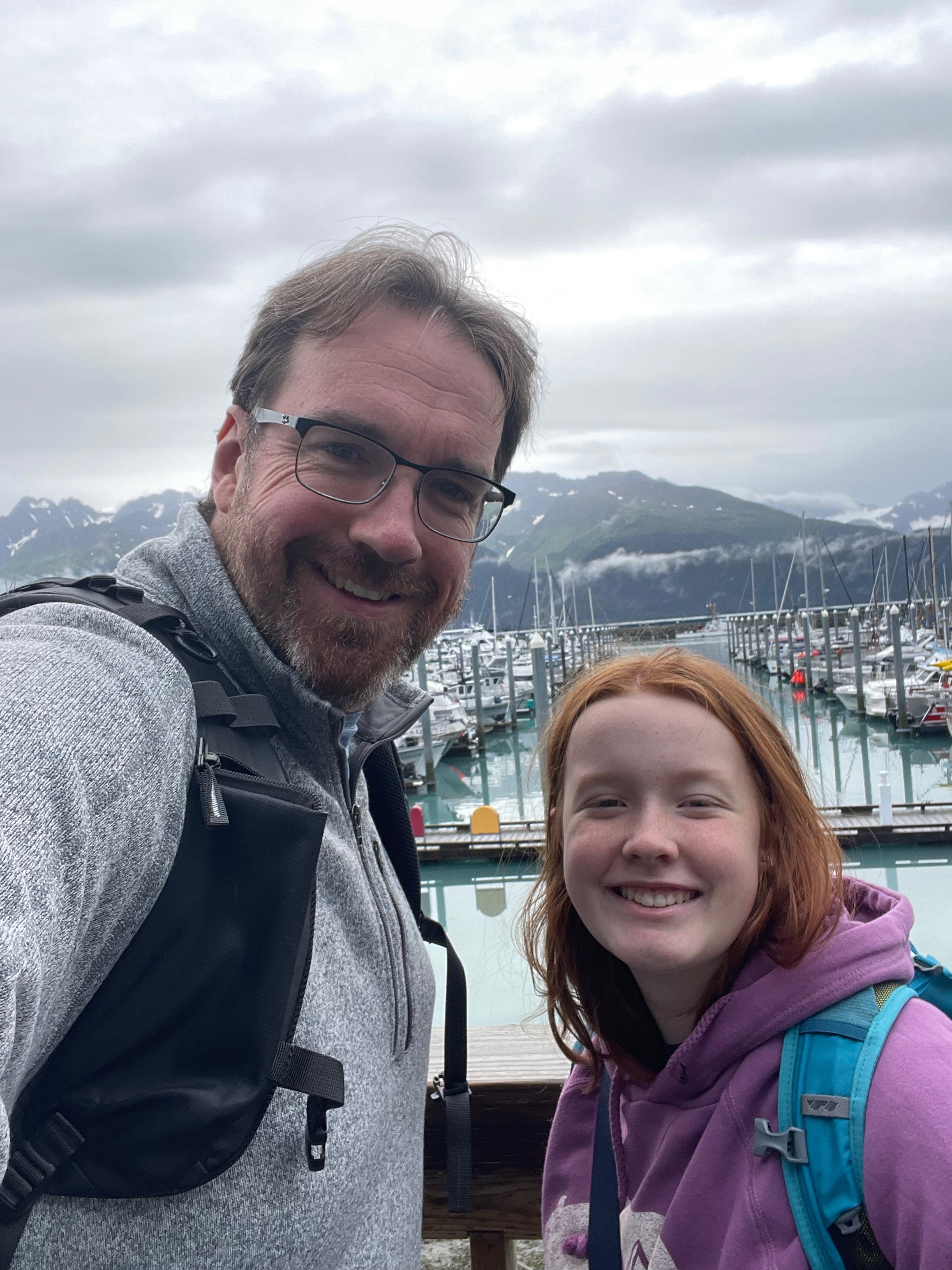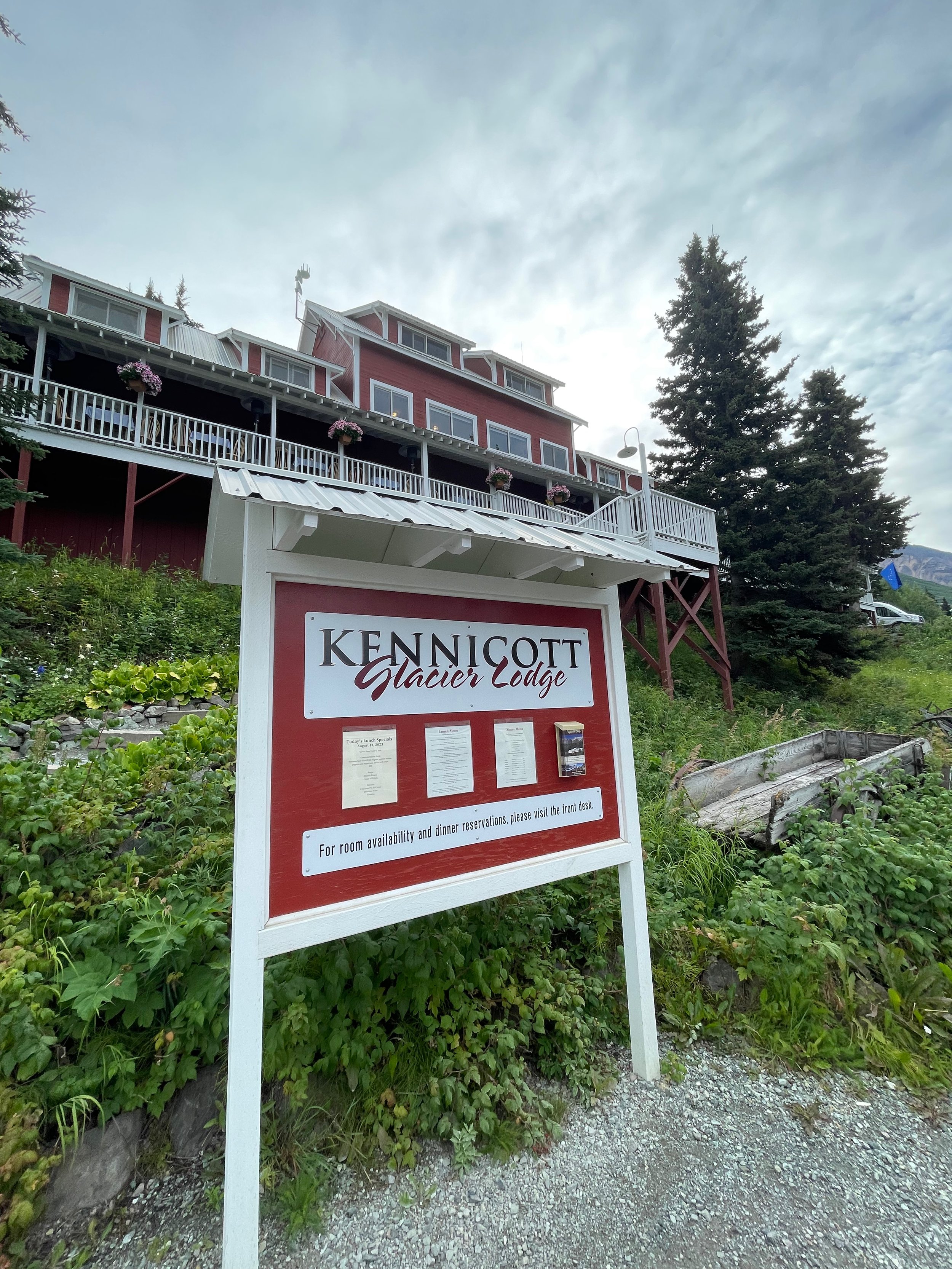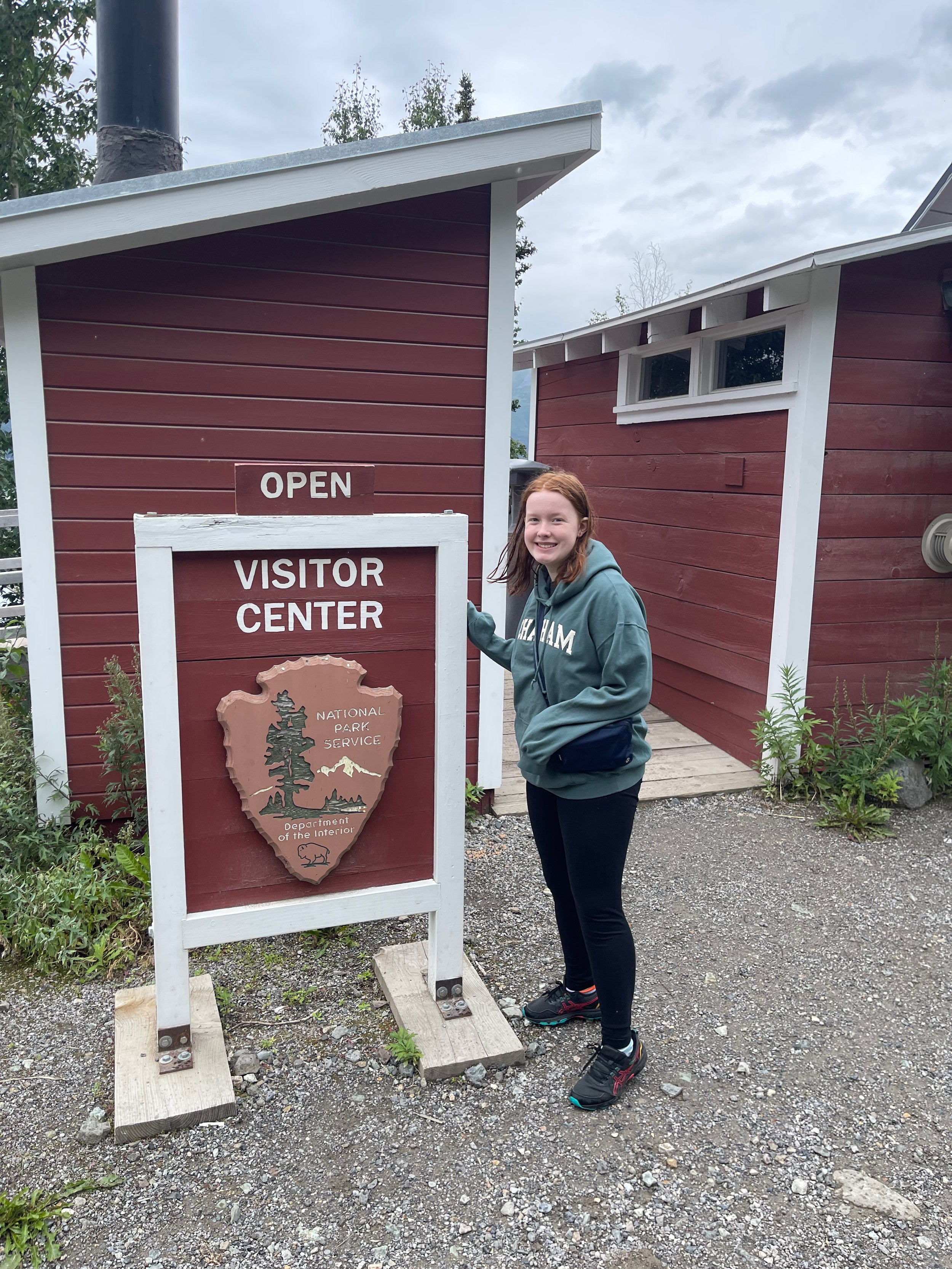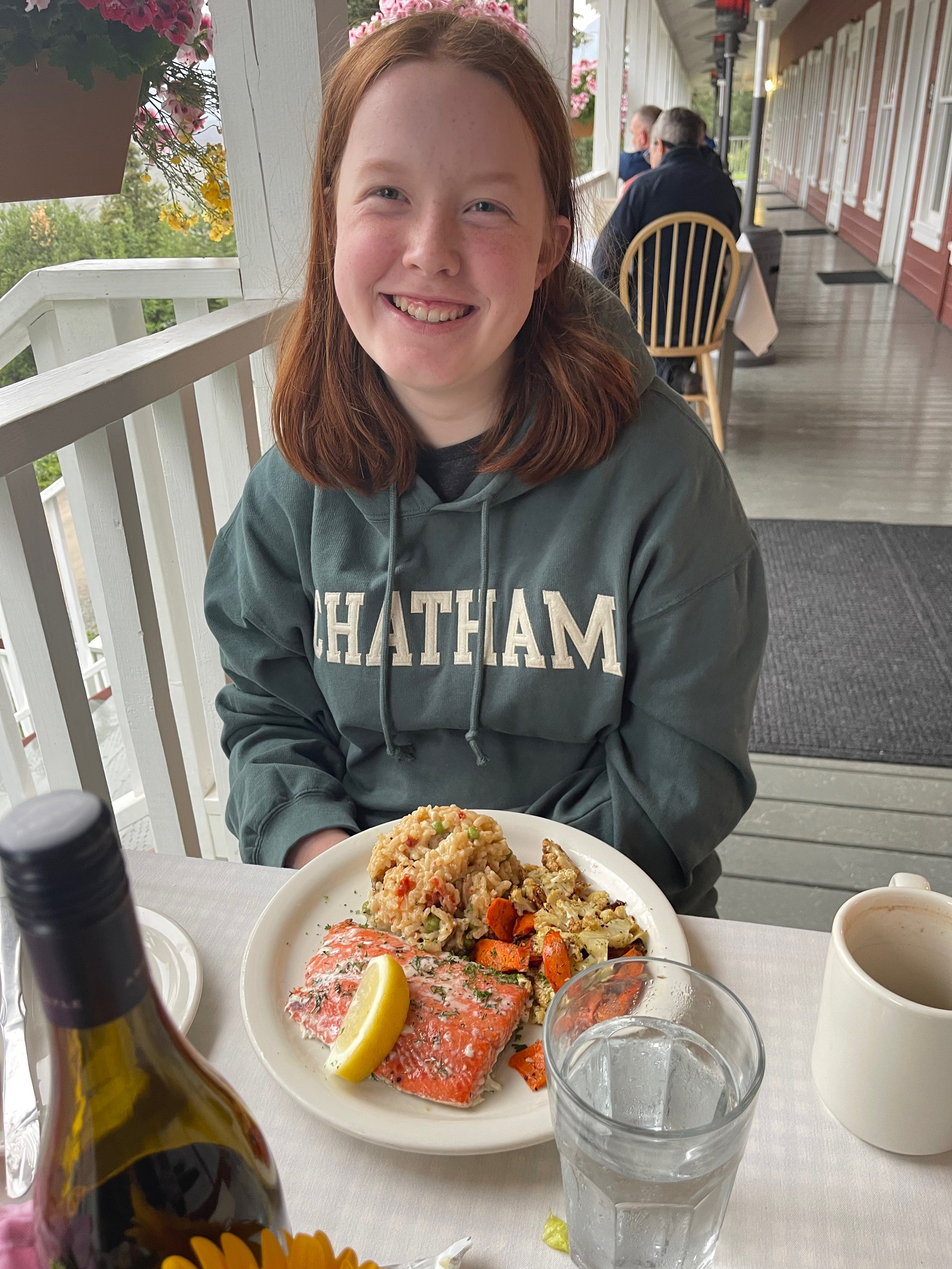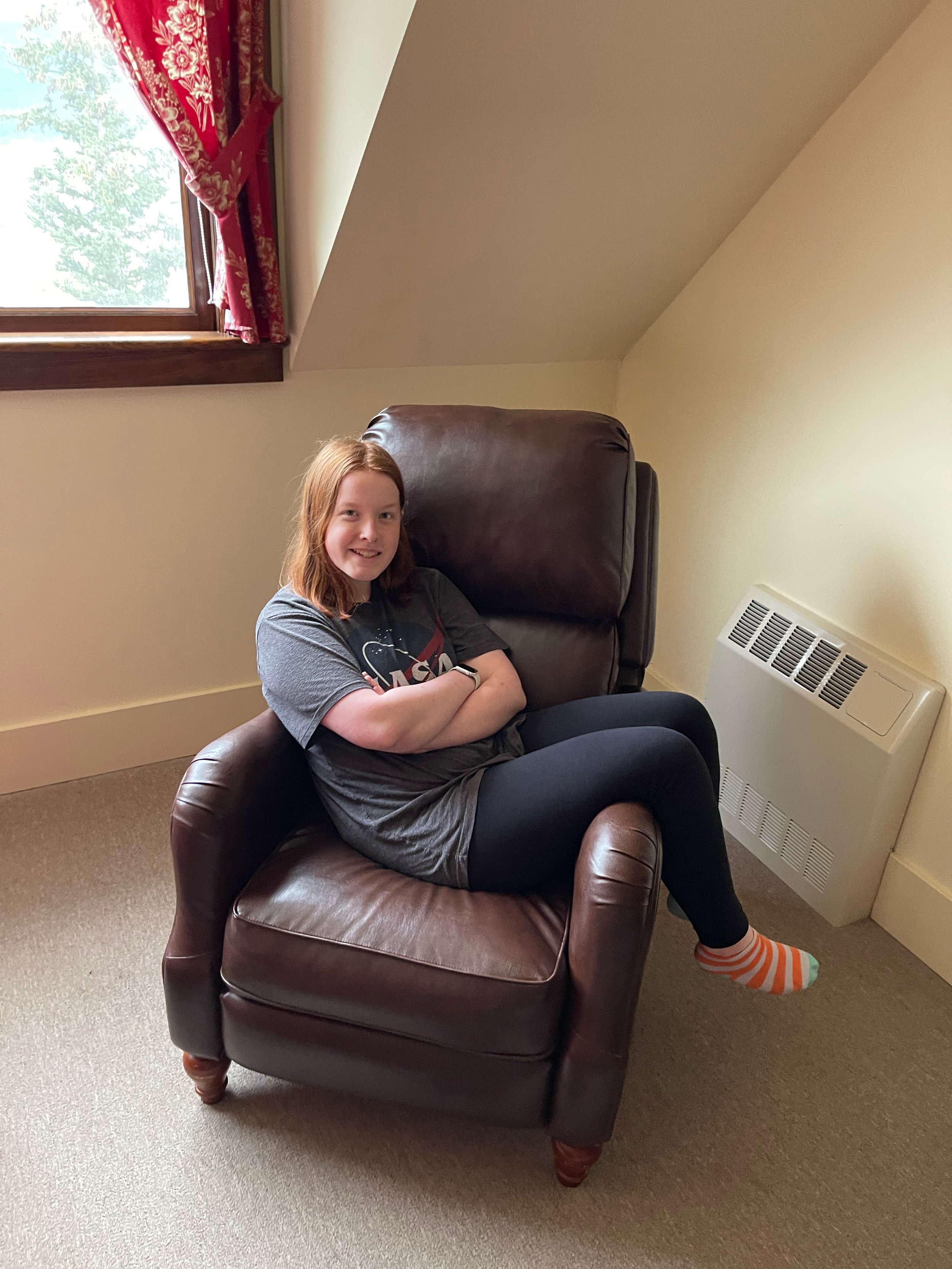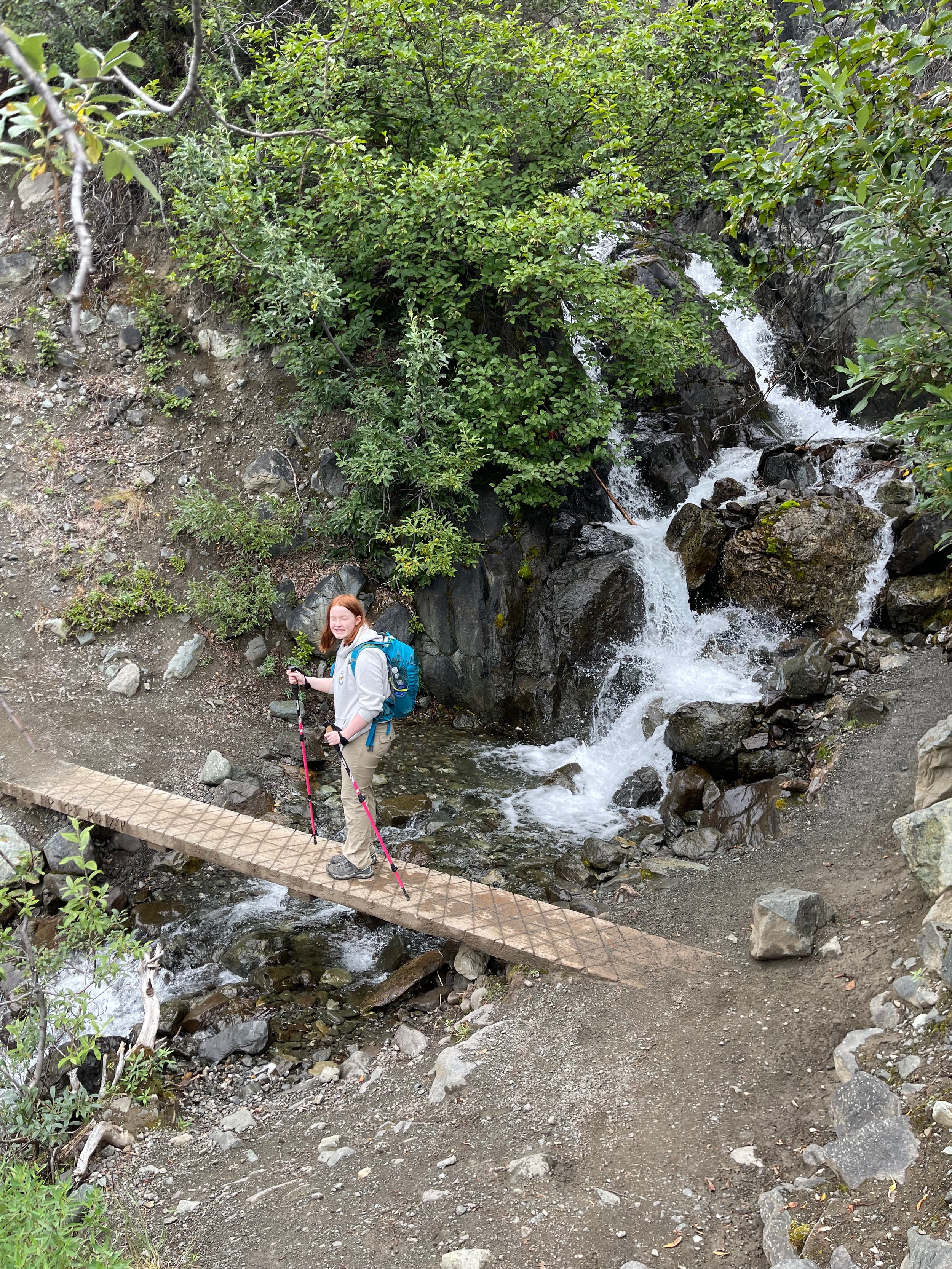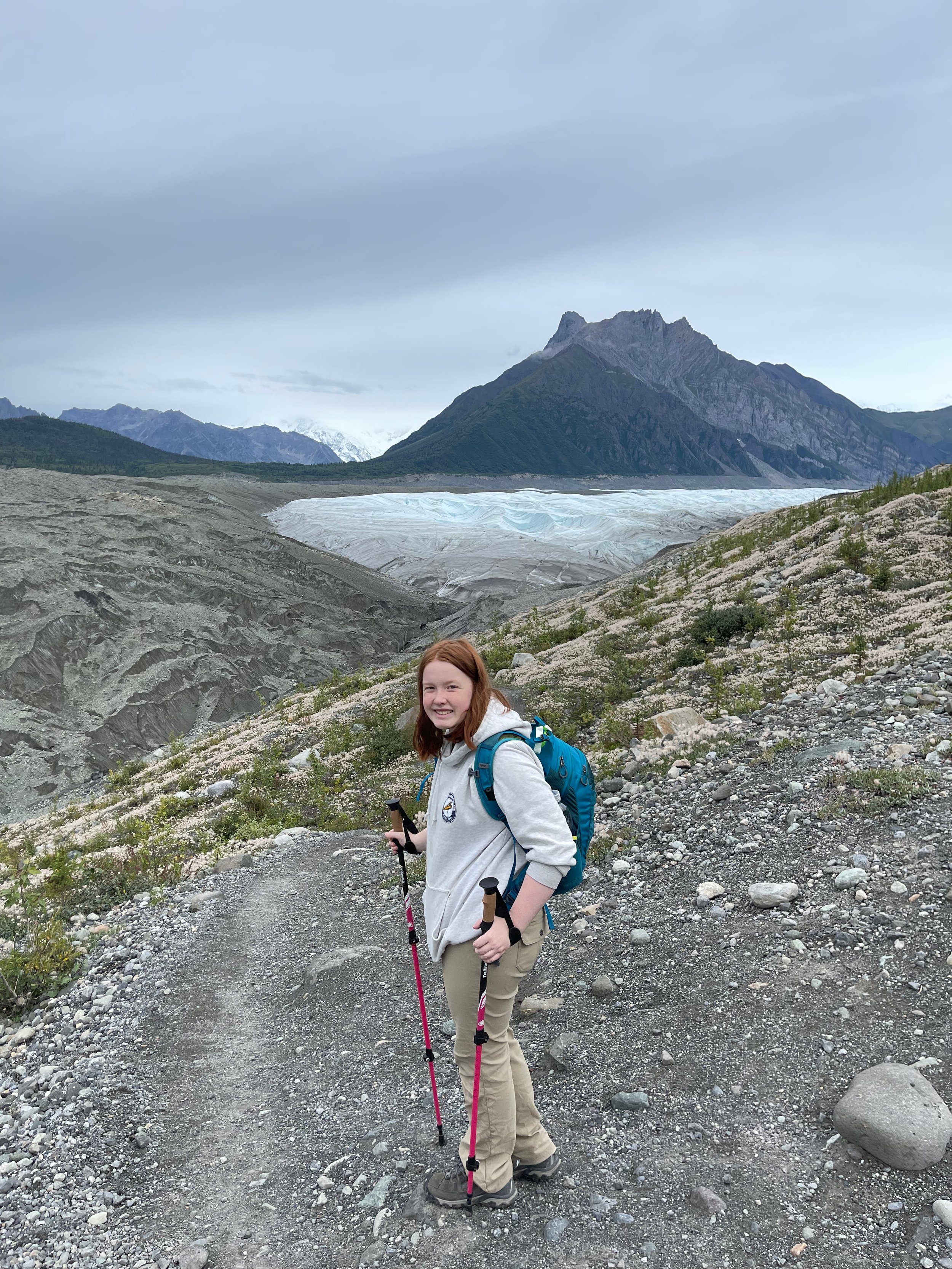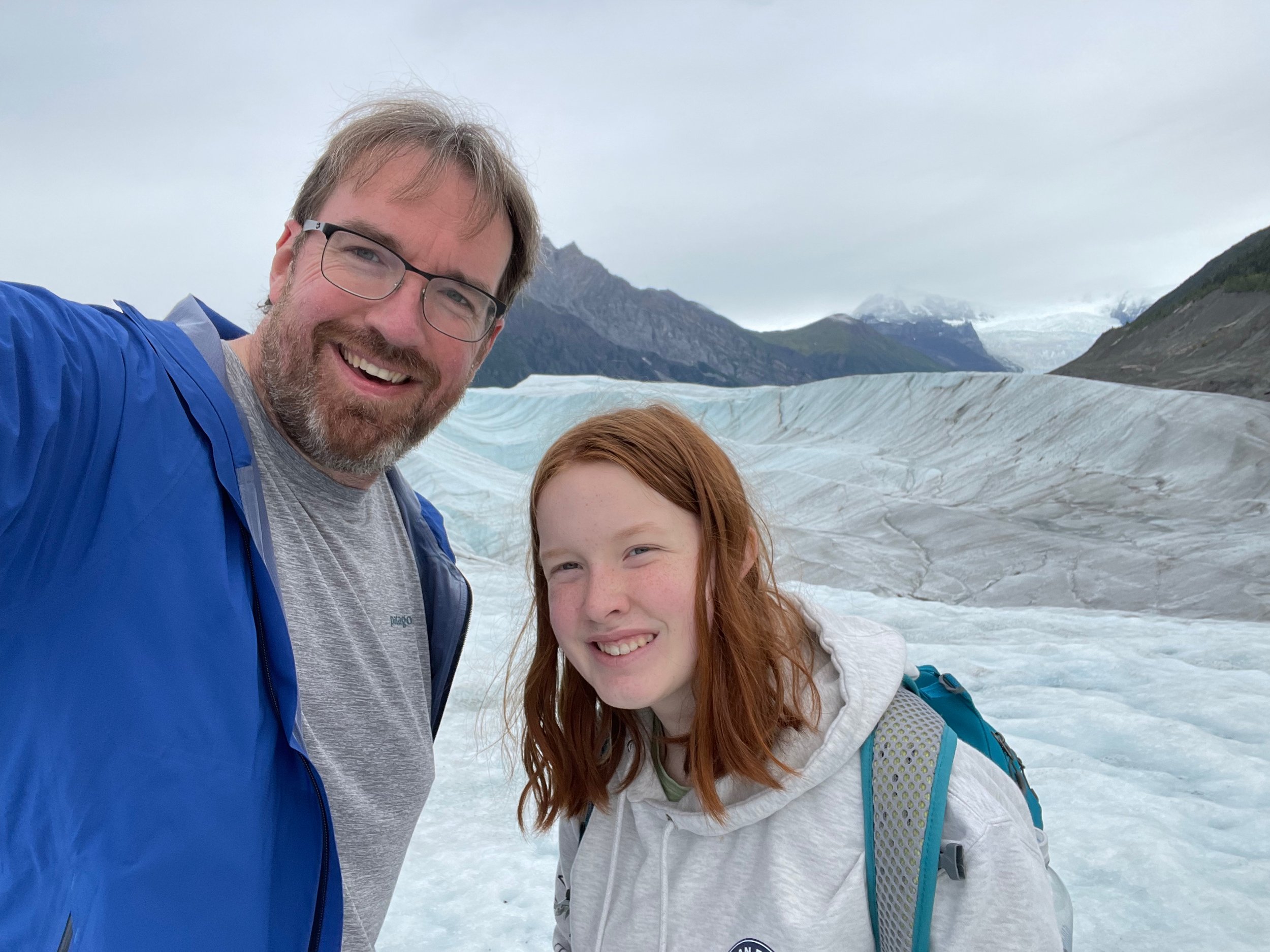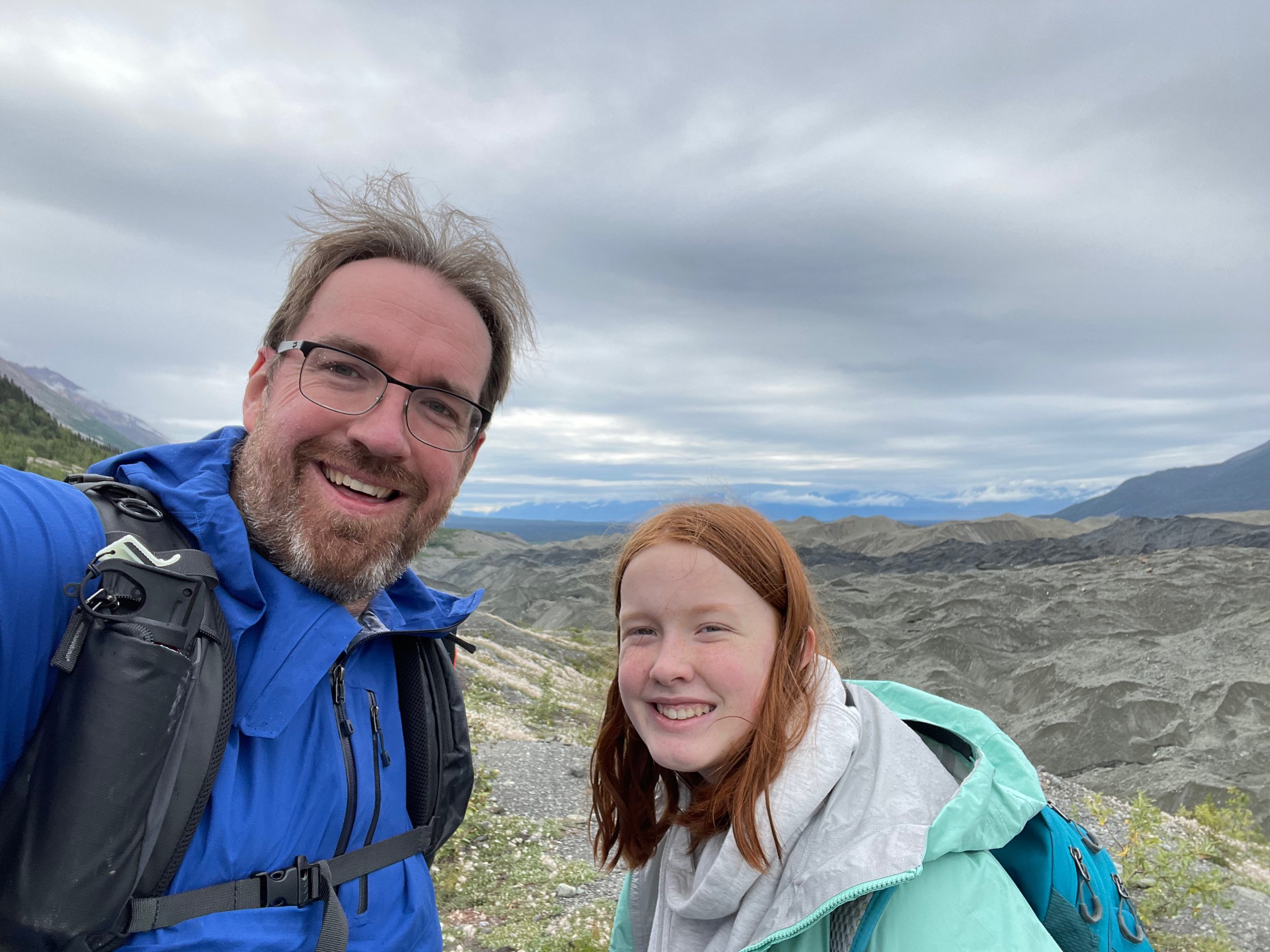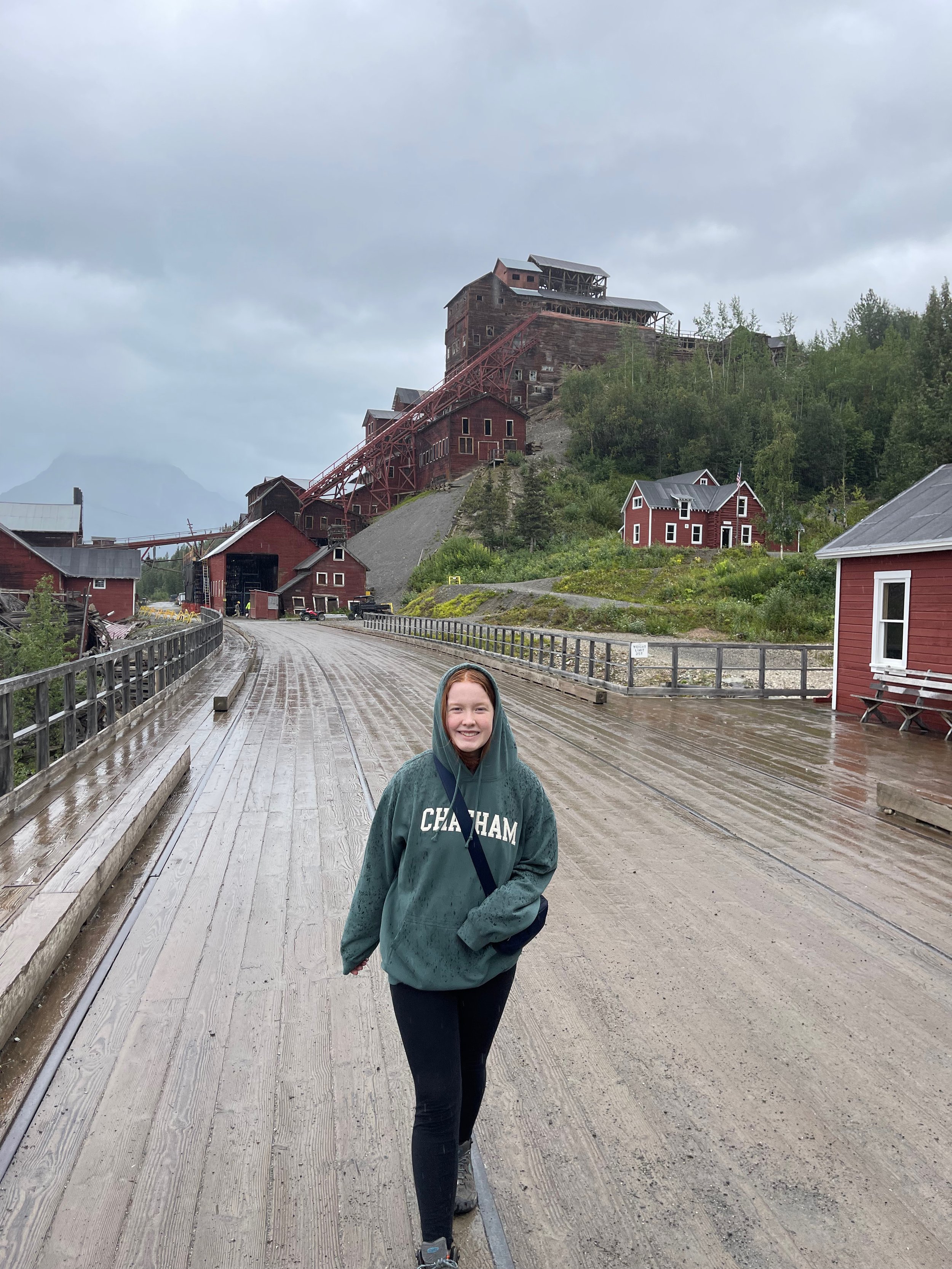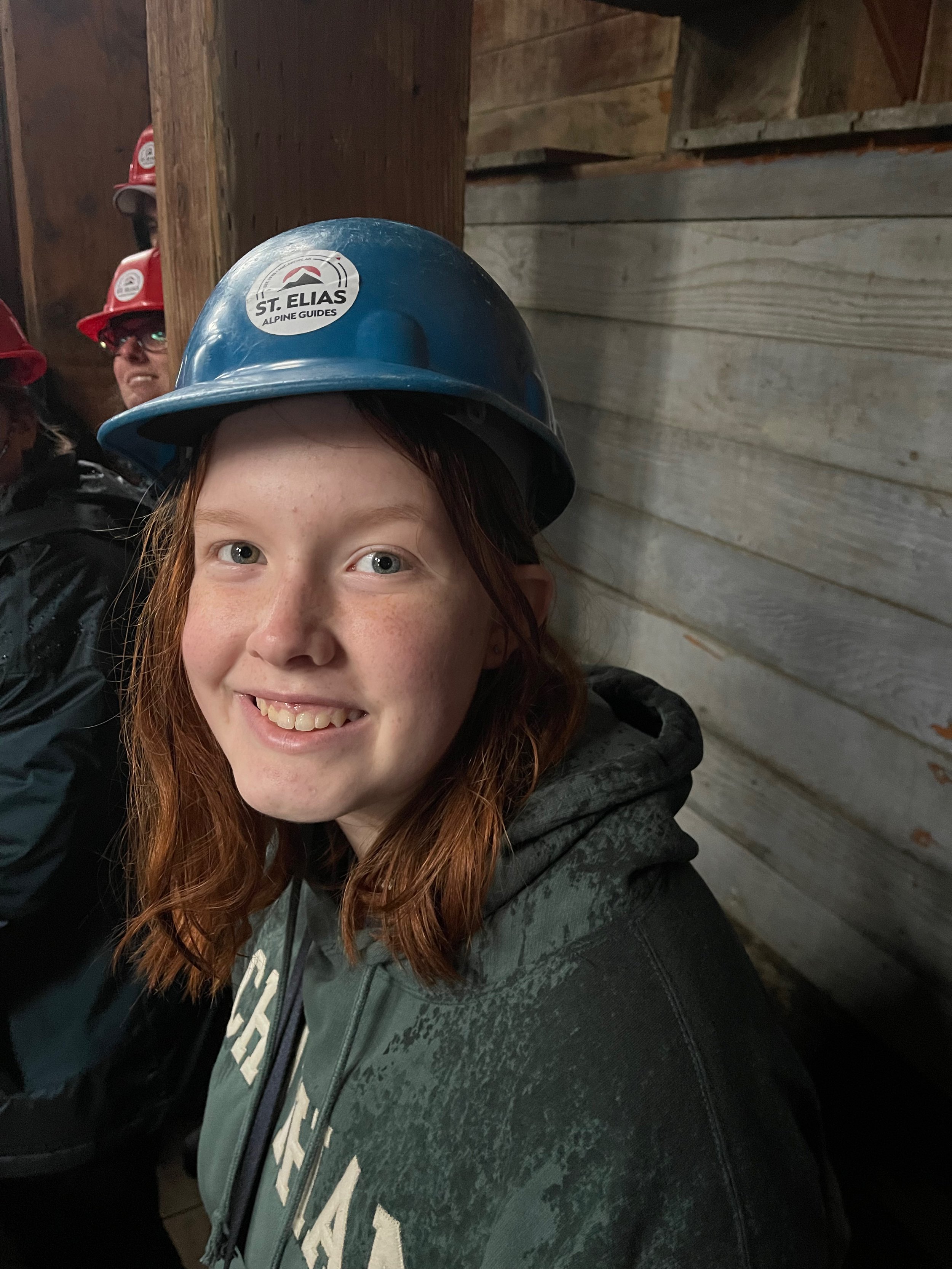Alaska -- Denali, Kenai Fjords, & Wrangell St. Elias National Parks
In early August Cami and I made our way from Boston to Anchorage. It was time to start to tackle some of the eight National Parks that call Alaska home. I’ve spent a copious amount of time researching the parks in Alaska. Three of them were “easy”, at least in the sense that you could drive a car and get to the park. The others all require bush flights or boats to visit.
We made a plan to start with the three that you could drive to, Denali, Kenai Fjords, and Wrangell-St. Elias National Parks. We would visit them in that order and just drive between them. We had two weeks to visit the three parks.
We made our way from Boston to Anchorage and spent the night in the city. After a day of travel it seemed easier to just start fresh the next day. We managed to find two amazing restaurants on that first day; Tommy's Burger Stop for lunch was great. For dinner we tried out Spenard Roadhouse and while I grant you it is a bit of a tourist trap, the food was solid and tasty with amazing service.
Denali National Park
On our second day we headed to Denali National Park, a few hours drive north from Anchorage, and the shortest drive of the entire trip. Just outside the boundaries of Denali National Park lies the charming small town of Denali. Serving as a gateway to the park, this town offers a range of amenities and attractions for visitors. From cozy lodges and rustic cabins to restaurants serving hearty Alaskan fare, the town caters to the needs of travelers while maintaining a laid-back and welcoming atmosphere. Visitors can explore local art galleries, gift shops, and even attend cultural presentations to learn about the rich heritage of the region’s indigenous people. The town’s proximity to the park also makes it a popular starting point for outdoor adventures, such as hiking, river rafting, and scenic flights. As an essential part of the Denali experience, the small town captures the essence of Alaskan hospitality and offers a delightful blend of modern comforts and frontier spirit.
We stayed in the Grand Denali Lodge located way up on top of a mountain with a really solid view of the surrounding countryside. The room itself was fine, the hotel was a bit out of the way. The dozen or so switchbacks on a dirt road made getting in and out of the hotel a bit of a time sunk. While their restaurant provided 10 out of 10 views, I can’t say the same for the food. It was expensive and average at the best of times. We found the little Italian restaurant down the road an amazing option with wonderful food.
Denali National Park, located in the interior of Alaska, is a breathtaking wilderness expanse known for its unparalleled natural beauty and diverse ecosystems. Encompassing over six million acres, the park is centered around the towering Denali, North America’s highest peak, standing at an impressive 20,310 feet. The park is renowned for its pristine landscapes, with dense forests, meadows, icy glaciers, and rugged mountain ranges. It serves as a haven for wildlife, including grizzly bears, moose, wolves, and caribou, making it a top destination for nature enthusiasts and wildlife photographers. The park’s vastness and untouched wilderness offer visitors a chance to immerse themselves in the raw majesty of nature, providing an unforgettable experience of solitude and natural wonder.
Denali National Park's history is deeply intertwined with the cultural heritage of Alaska's native people and the exploration of the region. Originally inhabited by Athabascan communities, the area around Denali has been home to indigenous cultures for thousands of years. The park's modern history began in 1917 when it was established as Mount McKinley National Park, primarily to conserve wildlife and scenic resources. The park's name was later changed to Denali National Park and Preserve in 1980, reflecting its connection to the Athabascan name "Denali," meaning "the high one." Throughout its history, the park has been a site of exploration, scientific study, and conservation efforts. Notably, it was home to the "Mile Post 66" sled dog team that played a pivotal role in delivering mail and supplies during the early 20th century. Today, Denali National Park continues to honor its past while striving to preserve its awe-inspiring landscapes and offer visitors a chance to connect with the wilderness that has captivated explorers and adventurers for generations.
For a park larger than the state of Massachusetts there are not a lot of easy ways of accessing the park. There is only one road that goes deep into the interior of the park. To preserve the park’s pristine environment, private vehicles are restricted beyond a certain point. Instead, visitors can opt for the park’s bus system. These specially designed buses offer guided tours through the park’s various ecosystems, allowing passengers to witness breathtaking vistas, spot wildlife, and learn about the park’s history and ecology from knowledgeable guides.
The buses follow a designated route, and visitors can choose from a range of tour options, from shorter narrated trips to full-day adventures that venture deeper into the park. This bus system not only ensures minimal impact on the environment but also provides an excellent opportunity for visitors to fully appreciate Denali’s natural wonders.
Due to a landslide in the park, much of the road has been closed for a number of years. We opted to not take a bus tour on this trip and instead focus our effects on seeing what was available to us. This is a massive park, and we are already talking about planning another trip to explore more. When I go back I think I will wait for the road to be fully open so I can make my way to the far visitors center that has some truly stunning views. I think I’d also aim to time the trip to coincide with the fall colors.
Even with the road closed there is SO much to do and see. The Denaili Visitors center, along with the learning center and museum give you a ton of information about the park and its history. They also provide you a chance to talk to the rangers about day hikes and backcountry trips. While we ran out of time on this trip, there are daily ranger led hikes into the backcountry off trail (remember not many trails here). It would be high on my list of things to do next time.
Cami and I did however do the sled dog tour and demo. While you can drive over to the sled dog kennels there is limited parking, it’s best to take the bus from the visitors center like everyone else. Once you can get there you have some time to go explore, you can meet the dogs and many are friendly and will let you pet them. After about 20-30 min they give a talk about the history of how sled dogs are used in the park, going back to the early days of patrolling the park with teams of dogs. Then you get to see a demo of them pulling a summer (on wheels) sled. It's really well done, and these dogs are still used to patrol the backcountry to this day.
For activities away from the main visitors area we really focused on two areas. First, the 15 miles you can drive is amazing. There are many pulls off and places to stop and take photos. Also, we found a ton of wildlife including many, many moose in this area.
We spent a good deal of time in the Savage River area. Here there is a loop where you can walk through a valley around the river, cross two bridges. There is also the alpine trail that brings you up on top of the mountains where the views are truly incredible. On a clear day this is a great place to get a view of Denali itself. We even hiked down the river in the other direction one day. This park is huge and there is a TON to explore.
Right “outside” of the park is rt3, and while this is a state highway it does go in and out of the park both north and south for quite a while. We took others' advice and drove up and down the road, finding pull offs with great views and places to trek in and explore a fair bit.
This is clearly a park that requires more time then we had, and more access than was available to us at the time. Overall though, it was a killer start to our first Alaskan adventure.
Kenai Fjords National Park
When our time was up in Denali we made our way to Seward Alaska, just a casual 7 hour drive. Since you have to go through Anchorage anyway we did make a stop once again at our new favorite burger shop.
Seward would be our home base for visiting Kenai Fjords National Park. Seward, Alaska, is an ideal starting point for exploring the breathtaking beauty of Kenai Fjords National Park. Nestled at the edge of Resurrection Bay, Seward offers visitors a charming coastal town experience with easy access to the park's wonders. As you venture into Kenai Fjords, you'll be captivated by the dramatic fjords, towering glaciers, and abundant marine wildlife. Seaward serves as a gateway to unforgettable experiences, from exhilarating boat tours that navigate past awe-inspiring icefields to opportunities for kayaking amidst the park's pristine waters. After a day of exploration, Seward invites you to savor locally caught seafood and immerse yourself in its welcoming community, making it the perfect town to embark on your Kenai Fjords adventure.
We found Seward to be a wonderful little town, full of amazing local food and things to do outside of the park. It also had some critical other amenities like a grocery store and a laundromat that we were in need of. The town offers an abundant amount of lodging choices. However, like most things in Alaska it is not inexpensive. We found a little motel that proved to be just fine, though very high end lodging is available.
It turns out that our little motel was mostly used by tour bus drivers who ferry around all the folks from the cruise ships. Meaning it was very quiet and I’ll take that. It was also a few blocks away from the almost always busy downtown. Downtown is a mix of tourist shops, restaurants, and a massive marina full of boats.
I would point out that Seward, I believe, is one of the largest fish processing centers in the world. While the town may have many tourist attractions it is also a working port. When the wind is blowing over them, you can’t miss the fact that this is still a working seaport.
Nestled in the heart of Alaska's rugged wilderness, Kenai Fjords National Park is a natural wonderland of pristine fjords, colossal glaciers, and abundant wildlife. Established in 1980, this 669,984-acre park on the Kenai Peninsula offers a breathtaking glimpse into the dynamic forces that shape our planet. Its icy landscapes are dominated by the immense Harding Icefield, the source of numerous glaciers that carve their way down to the sea. Visitors can witness the dramatic calving of icebergs, spot marine mammals like whales and sea otters, and marvel at the park's diverse birdlife. With a history dating back to the retreat of the glaciers around 12,000 years ago, Kenai Fjords National Park is a living testament to the ever-changing natural forces that have shaped the Alaskan wilderness for millennia. Today, it stands as a protected sanctuary, allowing visitors to connect with the raw beauty and ecological significance of this remote and pristine environment.
Kenai Fjords does not have a lot of road access. The only area you can drive to is the Exit Glacier area. That was our first stop, on the drive in along the river there are many opportunities to stop and see spectacular views and explore the area. Exit Glacier has a visitors center and a pair of trails. One leads to the overlook (the one we did) the other is a grueling hike up the mountain to the glacier itself. The hike to the overlook is super fun and can be done by most people. We knew we had a glacier hike in the last park so we did not kill ourselves here. Also from what we gather, it really would take about an entire day to get up and down.
We did try to do a glacier kayak trip, however once we got there we realized that my 6’9” frame was not going to come close to fitting in any of the kayaks. This came as a huge disappointment to Cami and myself.
We did however get to do the incredible boat tour that took us out of the harbor and through the fjords. We got to see a number of glaciers and even had the chance to watch pieces fall off into the ocean. On the way back we had the chance to stop at Fox Island and have dinner there. We almost missed this as well, the seas were very rough 12-15 feet, and they almost canceled the boat. The only downside was in between the calm waters of Seward bay and the glacier bays, many people had a hard time with the ride.
We went back a few times to the Exit Glacier area, explored more of the area, the washes, trails and river. On our way out we did see a sign for more sled dogs so we stopped by and booked a tour. The Turning Heads Kennel was very interesting, these are dogs who run the Iditarod every year. We got a tour of the place, a chance to play with the dogs and even our own sled dog ride. This is a great little stop if you're ever in the area.
Wrangell St. Elias National Park
After our time was up we started our longest and hardest drive of the trip. We had to make our way from Seward to the Kennicott- Glacier Lodge deep inside Wrangell St. Elias National Park. This was a 435 mile, 9 and a half hour trip that ended with 61 miles of unpaved road known for causing flat tires and other problems.
The drive itself was possibly the most stunning, scenic drive we have ever taken, anywhere in the US. The mountains, valleys, rivers, glaciers, bays, were truly unrivaled in anyplace we have ever been, ever.
The last 61 miles are not as hard as they are slow. If you take your time on the dirt road section and have some amount of driving skill it’ll be fine, but slow. Very very slow. Once you get to the literal end of the road, you need to park your car in a dirt lot, get all your bags, cross a small bridge over a raging river and wait for the hotel van to pick you up. It’s truly an excursion.
Wrangell St. Elias National Park is huge, unrivaled in any way just on the sheer space it consumes. It encompasses a massive 13.2 million acres. It is larger than Yellowstone, Yosemite and Switzerland - combined.
Located in southern Alaska, this area boasts a rich history and awe-inspiring natural features. Established in 1980, it is the largest national park in the United States. The park's history is deeply intertwined with the indigenous Athabascan people, who have inhabited the region for thousands of years. Later, during the gold rush era, prospectors ventured into these rugged lands in search of riches. The park's name itself reflects its diverse heritage, honoring the famed St. Elias Mountains and the indigenous Chief Wrangell.
The park's main features include the magnificent St. Elias Mountains, which dominate the landscape with numerous towering peaks, including Mount St. Elias, the second-highest peak in the United States. The rugged terrain is marked by deep valleys, pristine rivers, and dense forests, offering endless opportunities for outdoor enthusiasts to explore. The park is also home to numerous glaciers, notably the Malaspina Glacier, which is larger than the state of Rhode Island. These glaciers shape the landscape, carving out dramatic valleys and provide a unique backdrop to the park's scenic beauty.
Venturing into Wrangell-St. Elias National Park, you'll encounter breathtaking sights around every corner. The park's diverse ecosystems, from lush boreal forests to high alpine tundras, harbor a remarkable array of wildlife, including grizzly bears, moose, and Dall sheep. Whether you're hiking along the rugged backcountry trails, paddling down the pristine rivers, or simply taking in the panoramic vistas, Wrangell-St. Elias National Park is a testament to the enduring natural beauty and rich history of Alaska's wilderness.
Since it was established so late, there was a great debate when creating the national park. It is one of the few parks that still has a large amount of private land inside the park. The entire town of McCarthy with a population of 200 full time residents is fully inside the park. Scattered throughout the massive park are other particles of private land where you find homes, cabins, and camps. However given its enormous size, they have very little impact on the overall park.
There are not many places to stay inside the park, so we chose the best option of Kennicott- Glacier Lodge inside the old ghost mining town. Kennicott Glacier Lodge, nestled in the heart of Wrangell-St. Elias National Park and Preserve, stands as a testament to the rich history of the town of Kennecott and its once-thriving copper mining operations. Today, the lodge is owned and operated by Kennicott Wilderness Guides, a company dedicated to preserving the heritage and natural beauty of the area. The lodge provides visitors with the opportunity to experience the unique charm of this historic mining town while enjoying modern amenities and stunning wilderness vistas.
The history of Kennicott dates back to the early 20th century when copper ore was discovered in the region. The town rapidly grew as the Kennecott Mines became some of the most productive copper mines in the world. However, the decline in copper prices and the challenges of extracting ore from the remote location eventually led to the abandonment of the town in the mid-20th century.
When the train, the only way in or out of the valley, started to break down the mine owners decided it was time to shut down the entire operation. When the last train pulled into town, it was announced that once it left, no train would ever come back. Residents had a scant amount of time to gather what they could and left the rest behind. Due to how remote the town is, it stands as an almost perfectly intact preserved ghost town.
Today, much of Kennecott is under the stewardship of the National Park Service (NPS). The NPS has taken over and preserved many of the historic structures, including the massive red mill buildings, which are iconic symbols of the area's industrial past. These efforts ensure that future generations can explore and appreciate the unique history and natural beauty of Kennicott and its surroundings within the protected boundaries of Wrangell-St. Elias National Park and Preserve.
The owners of the lodge have done a wonderful job of renovating the rooms to make them as nice as any high end resort, while keeping the old mining town feel. There are no phones or TVs in the room. Everyone eats together at the same time for dinner, in what feels like a restaurant right out of the 1930s in the best possible way. Sitting outside at a table looking at the valley and the glacier without distractions does for a moment make you feel like you have traveled back in time.
There are a number of things to do around the area, you can go to the small town of McCarthy, you can go on a kayak or rafting trip, take a flightseeing trip from the small local gravel and dirt airport.
We picked the other option, we hiked and we explored the ghost town on a tour. We did the glacier hike, it was truly wonderful. The hike itself is rather dull for the first half, just through the woods, then you cross a few streams and it starts to open at the end. The end of the trail before the glacier has been washed out so you need to traverse around 800 vertical feet down on loose rocks before you can climb onto the glacier. We did of course bring our crampons so we had good traction over the ice. We started the hike very early in the morning so we had the trail and most of the glacier to ourselves. On our way back, once we had finished doing all the exploring we wanted to get done we saw a lot of people coming down the trail. Even for being as remote a location as this is, it’s still very popular.
We also did a mill building tour, we hiked to the top of the mill building and then went inside and worked our way down. The scale and size of the building and machines were truly impressive. We had a wonderful guide who knew everything about the mine, the history of the mine owners and those who worked there.
After our time was up, we made our way back to the car, made the long drive back to Anchorage and had one night here before our morning flight home. Alaska had been amazing and I look forward to returning.



